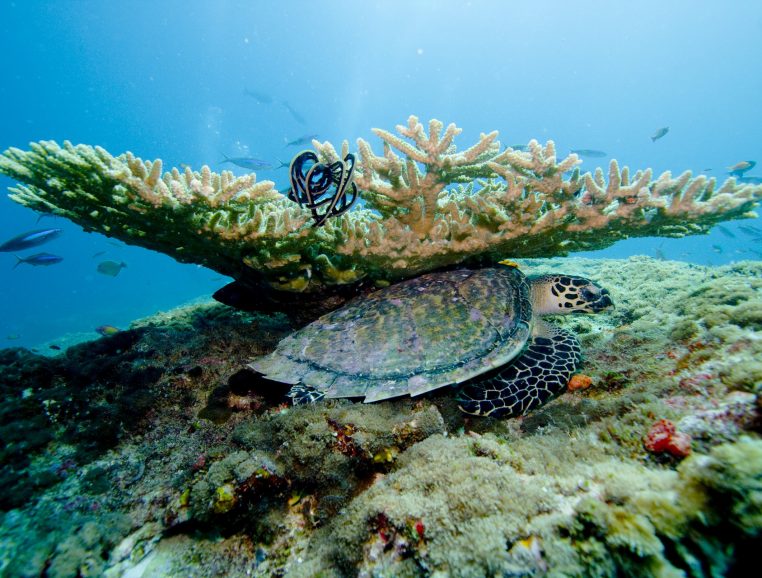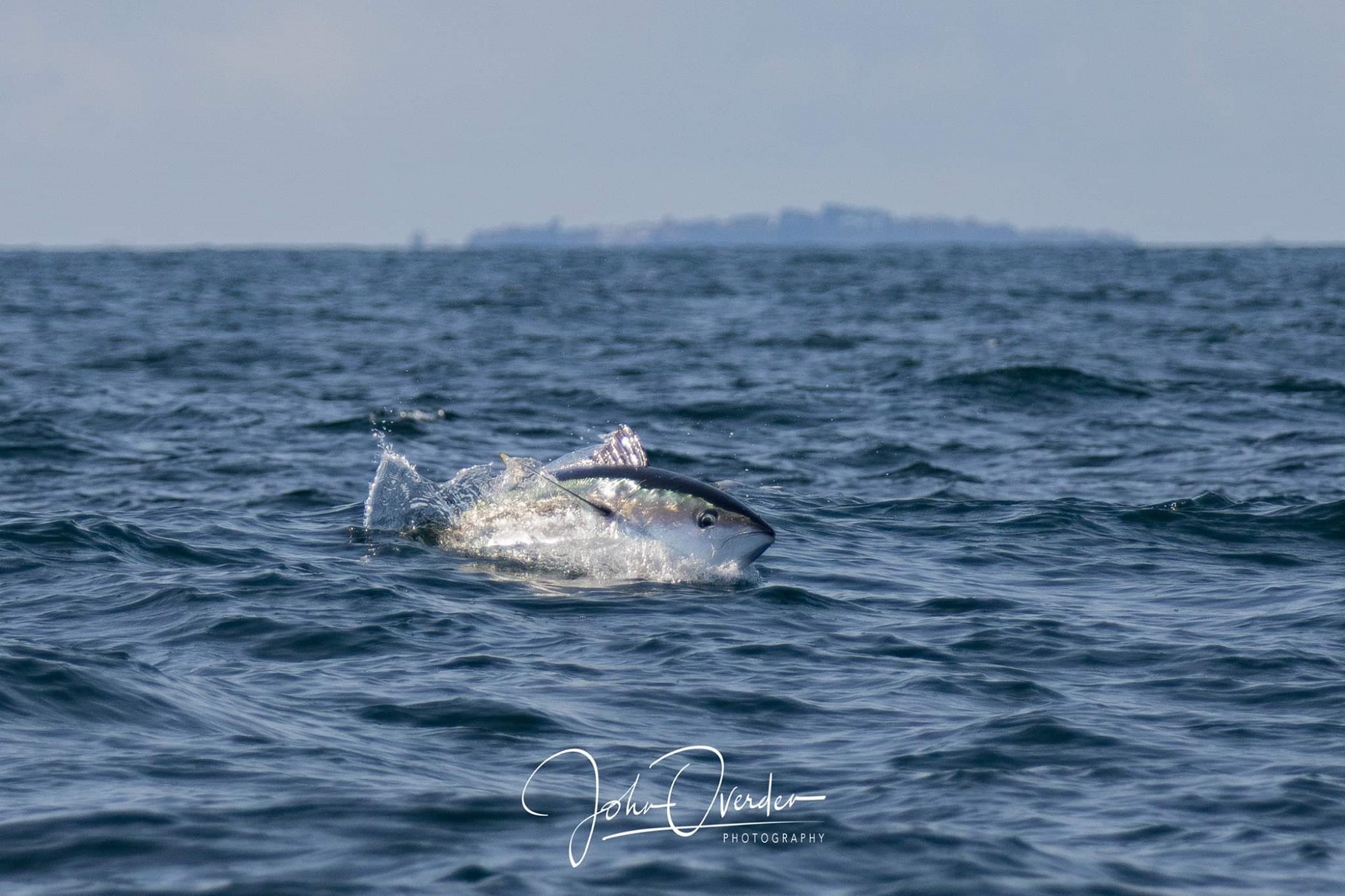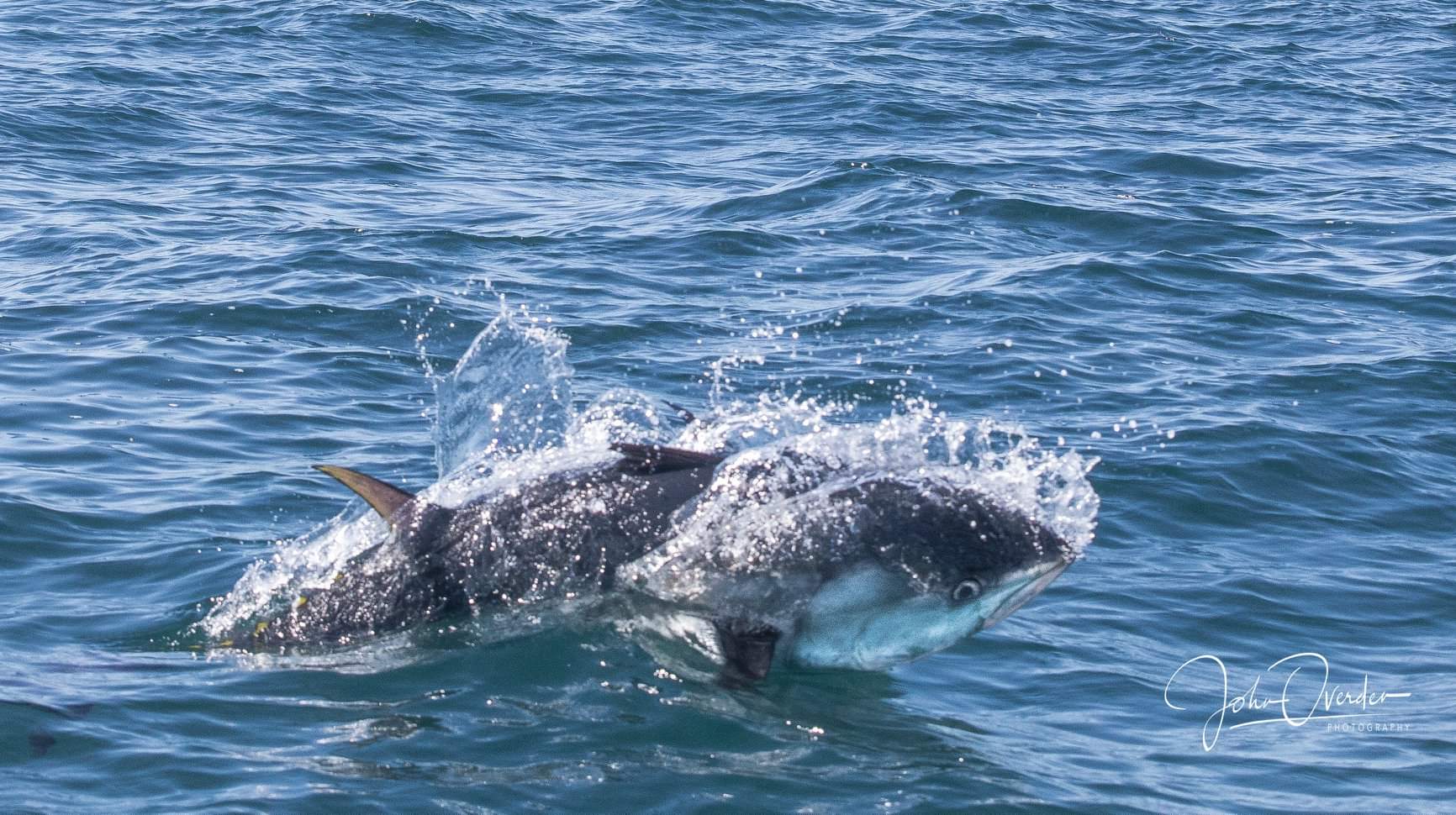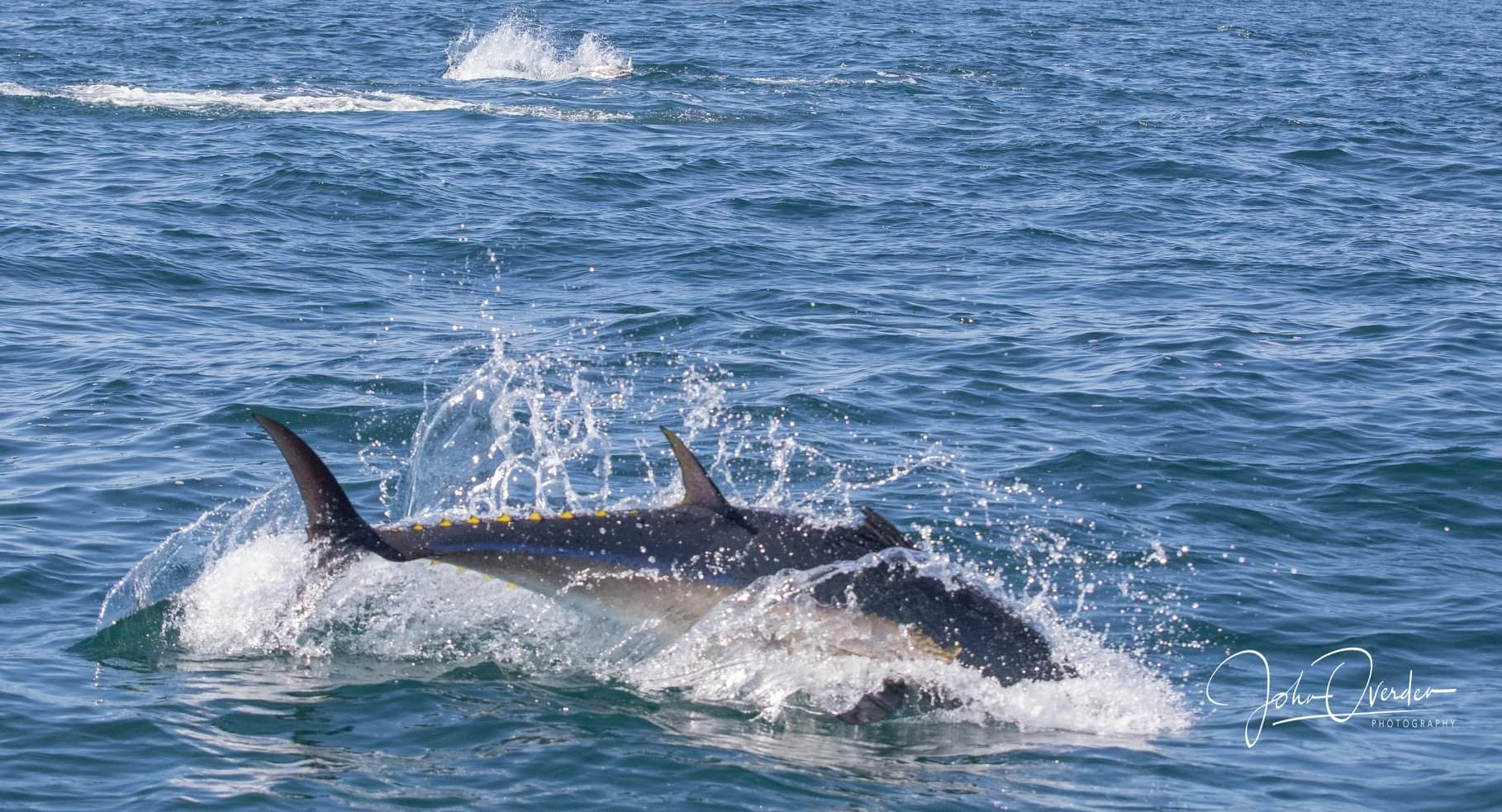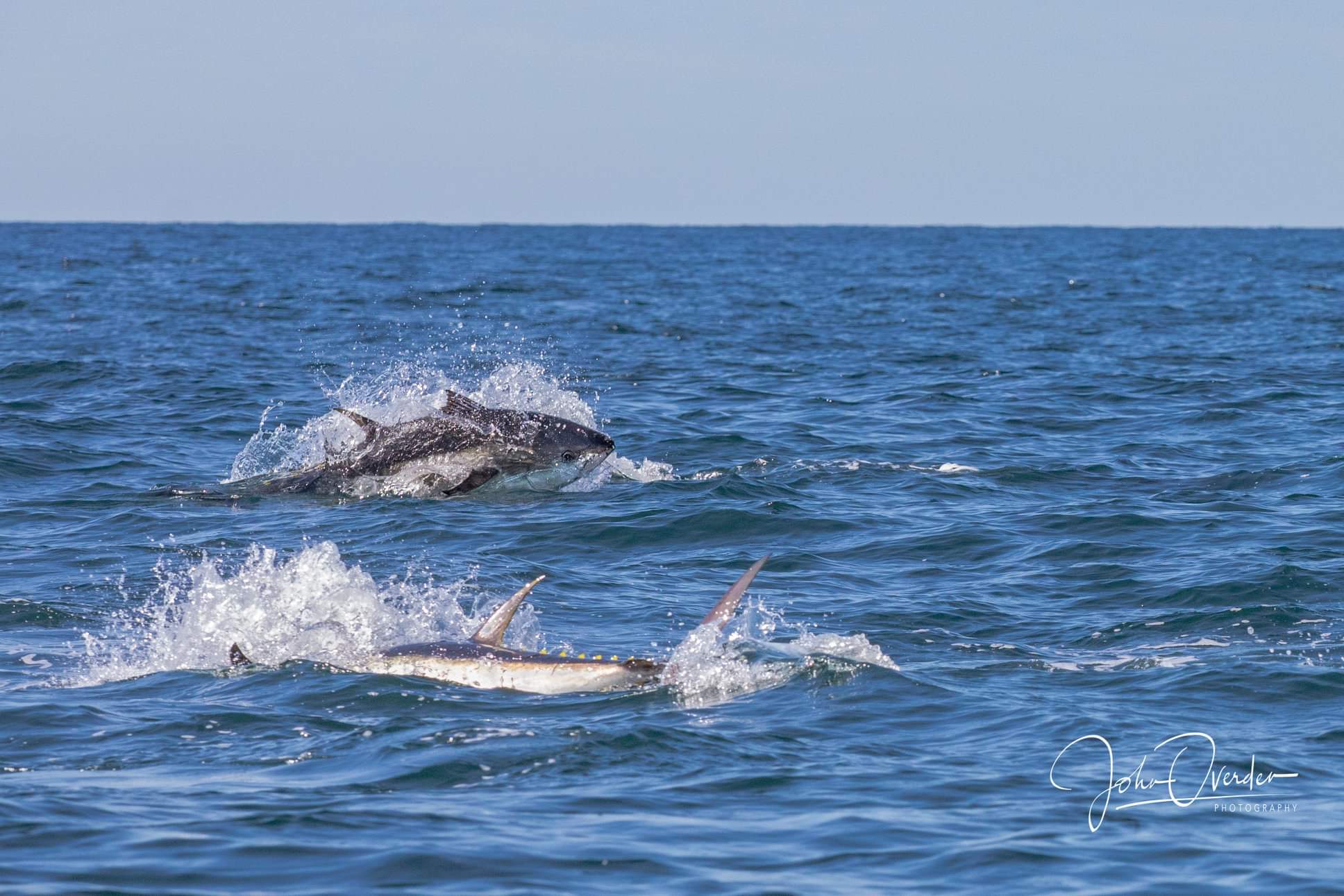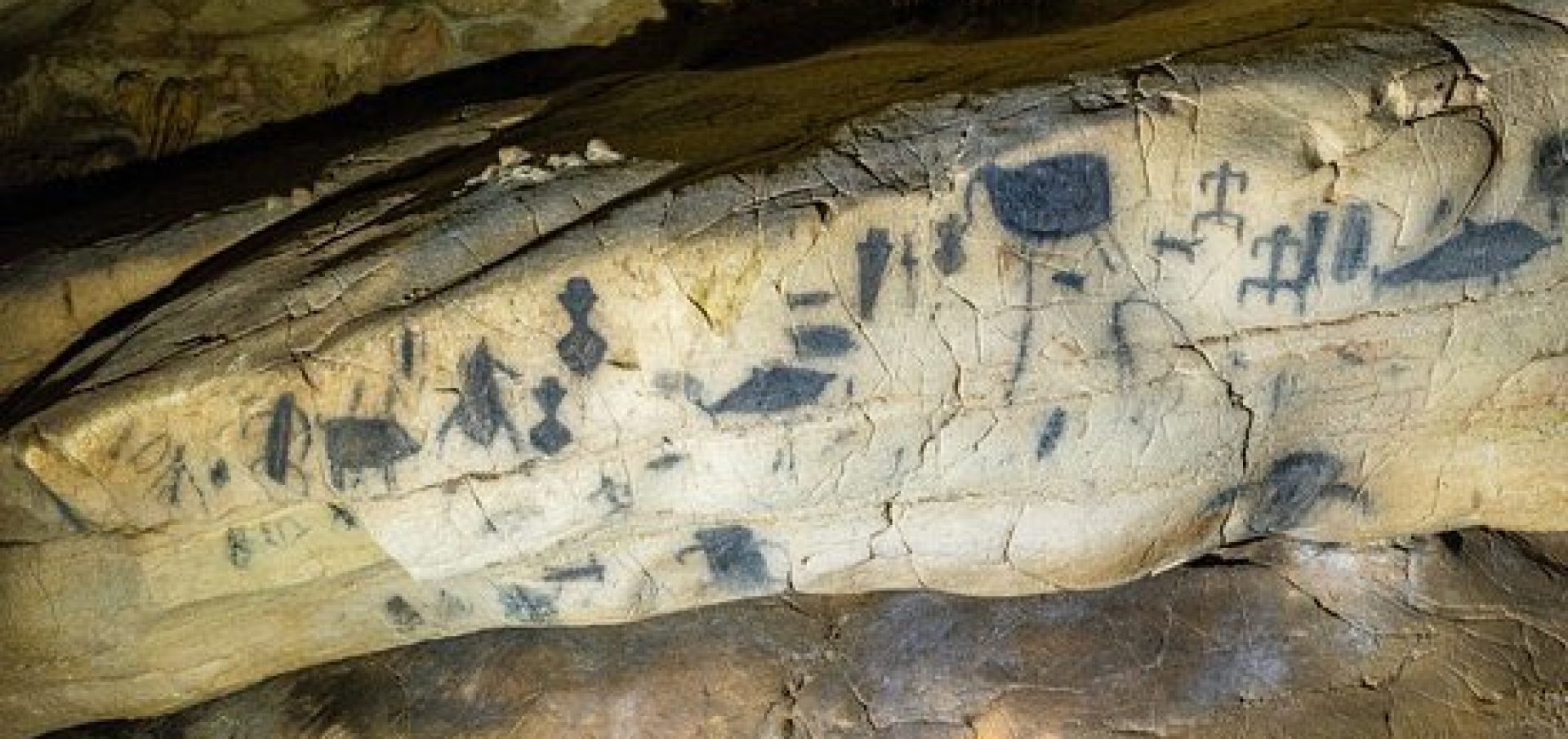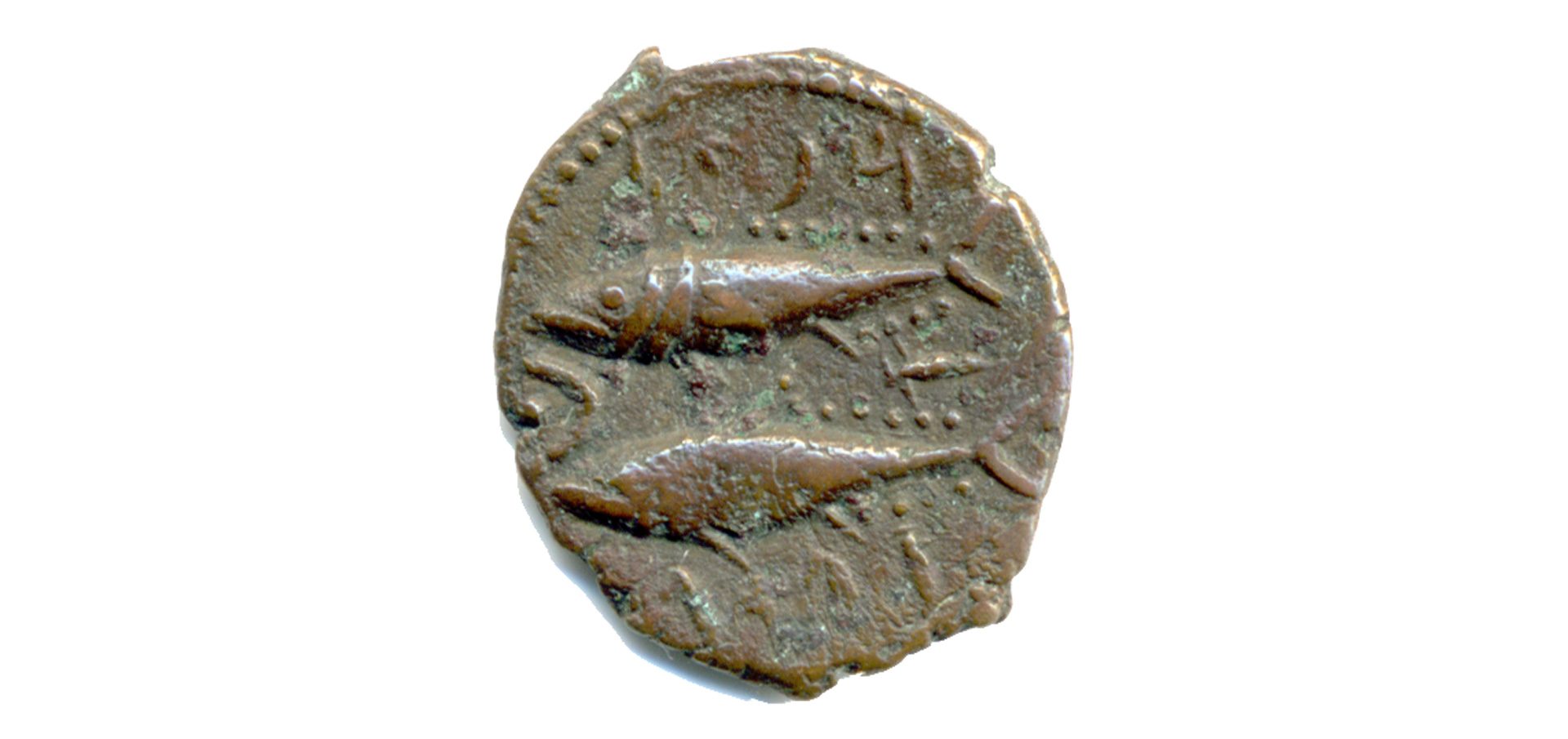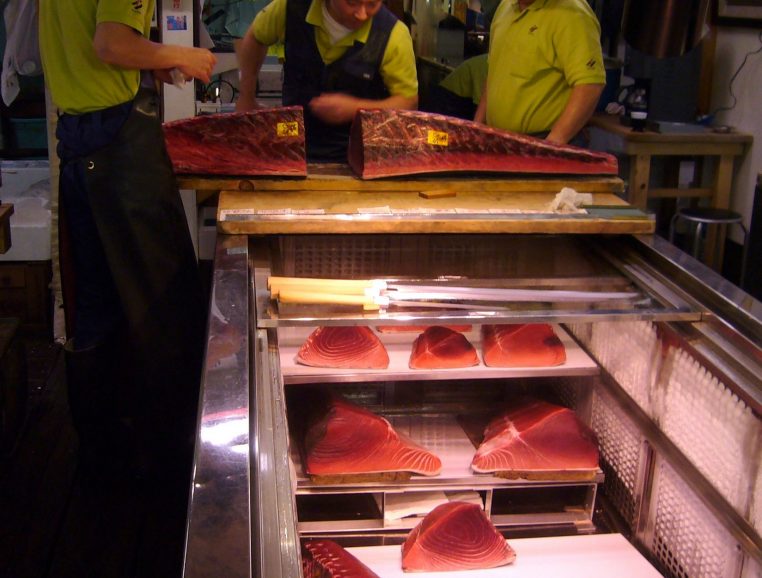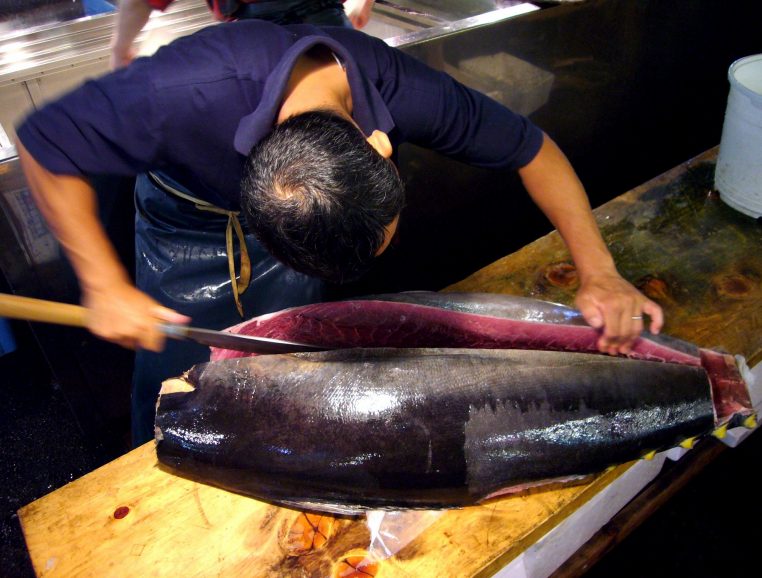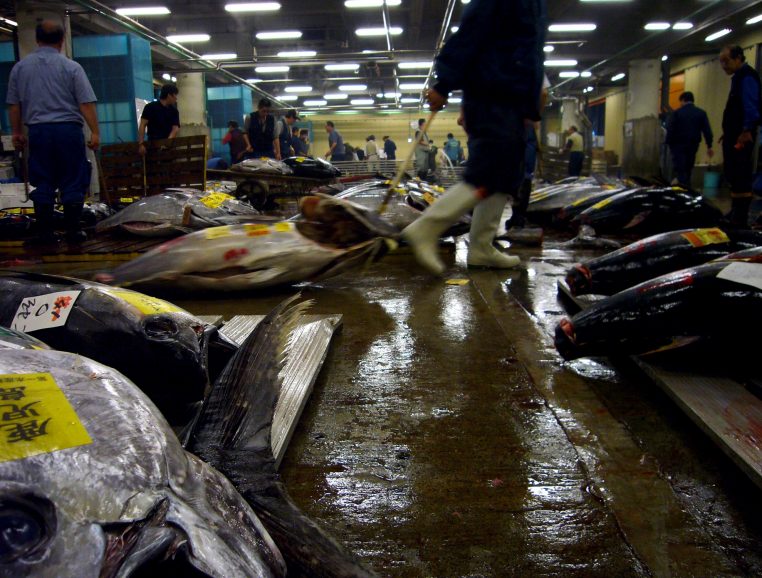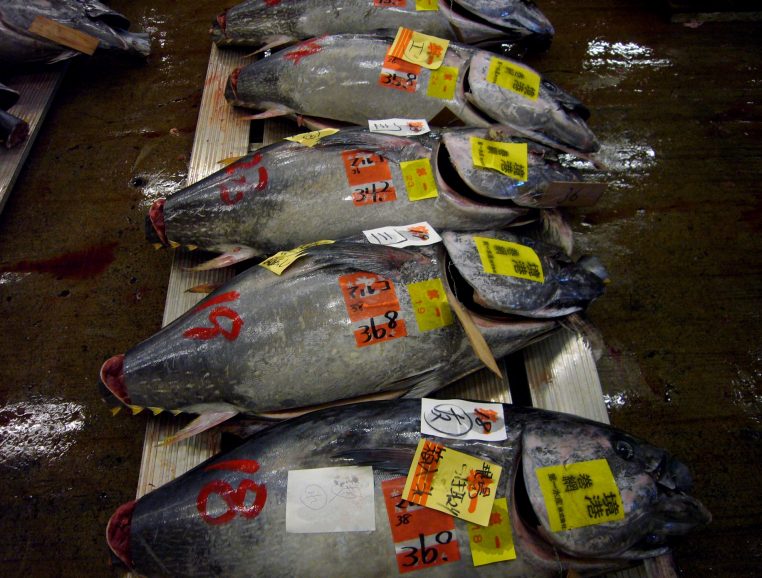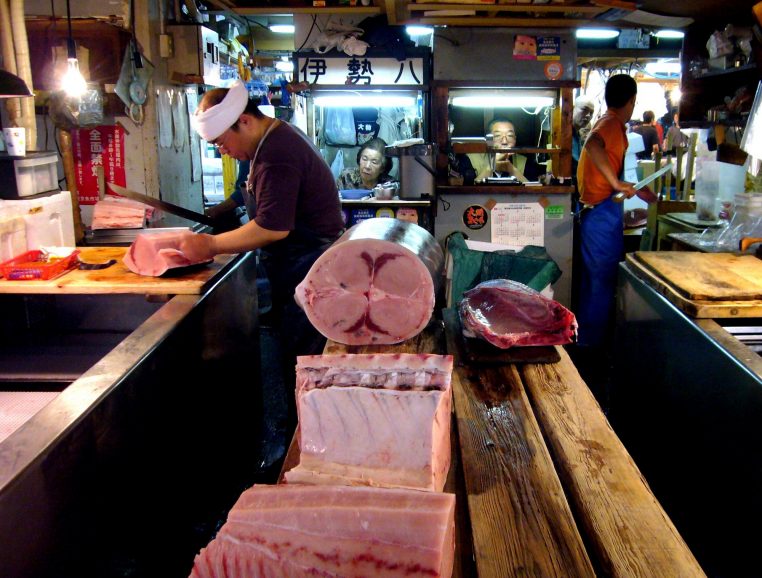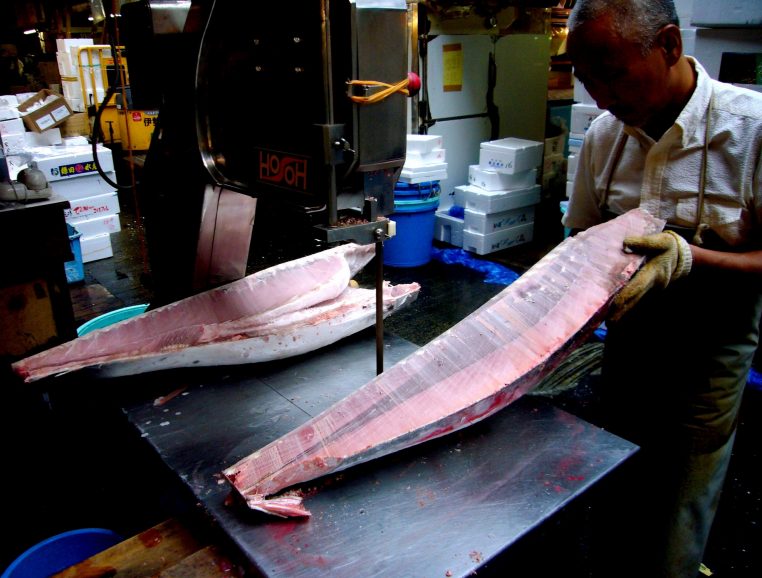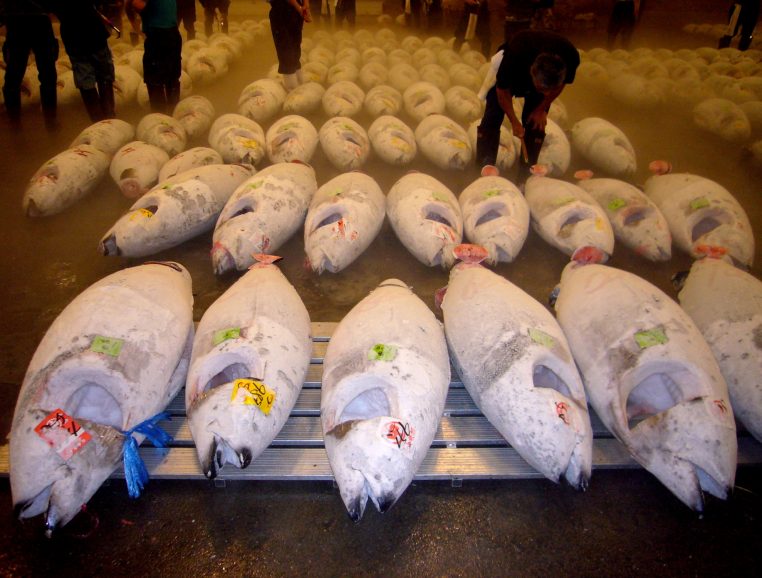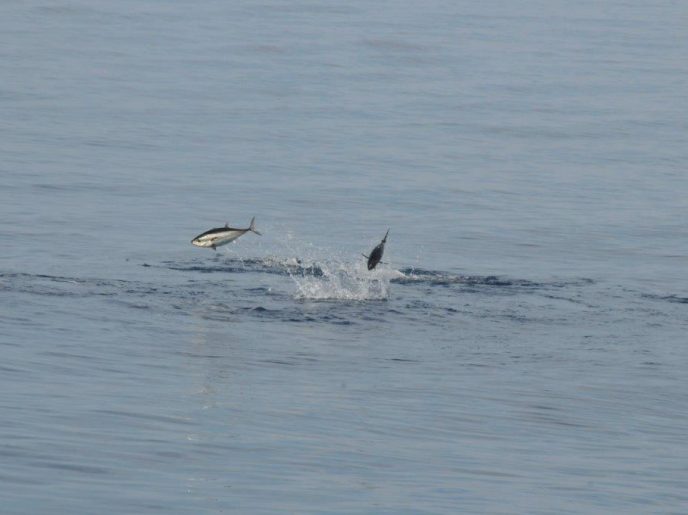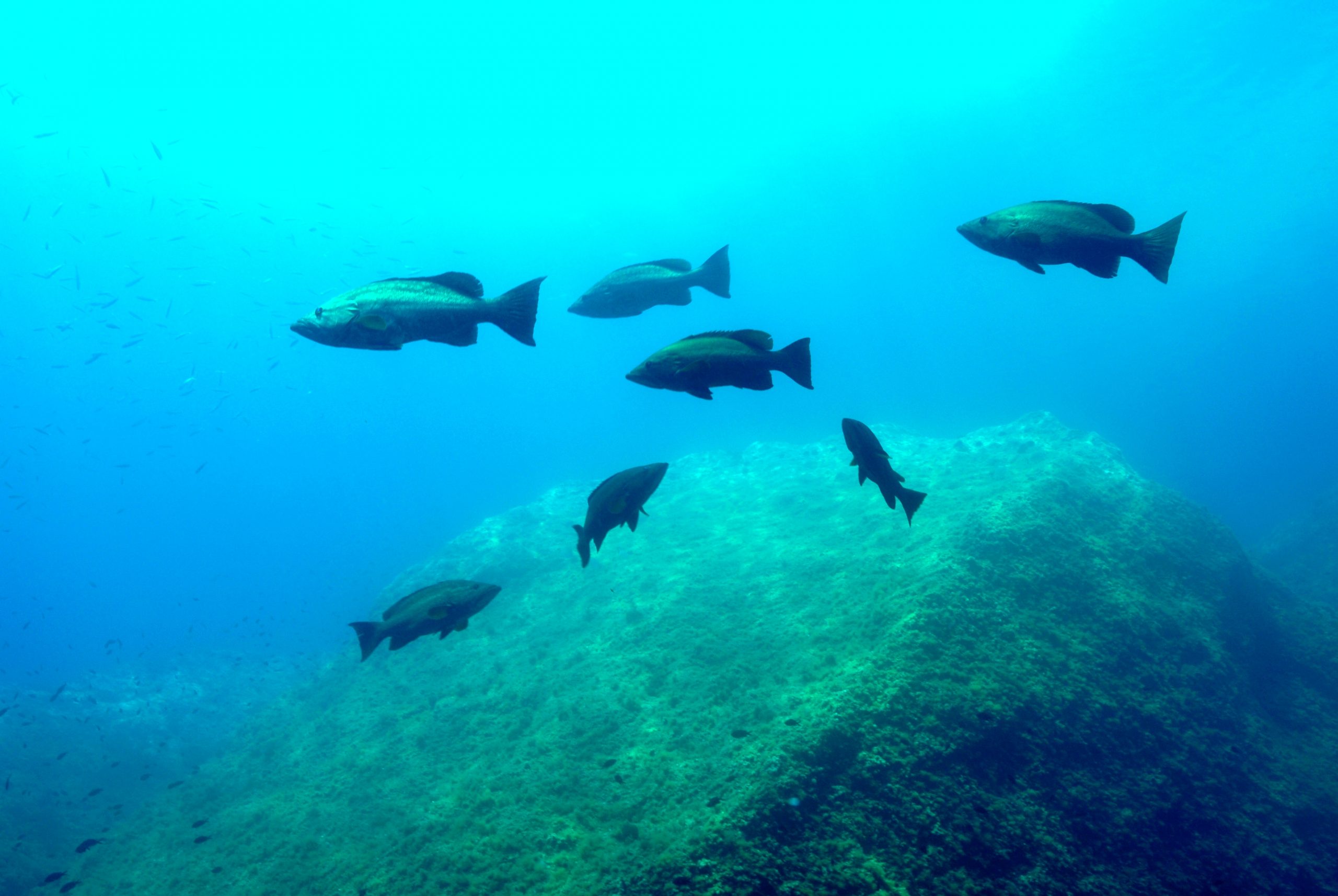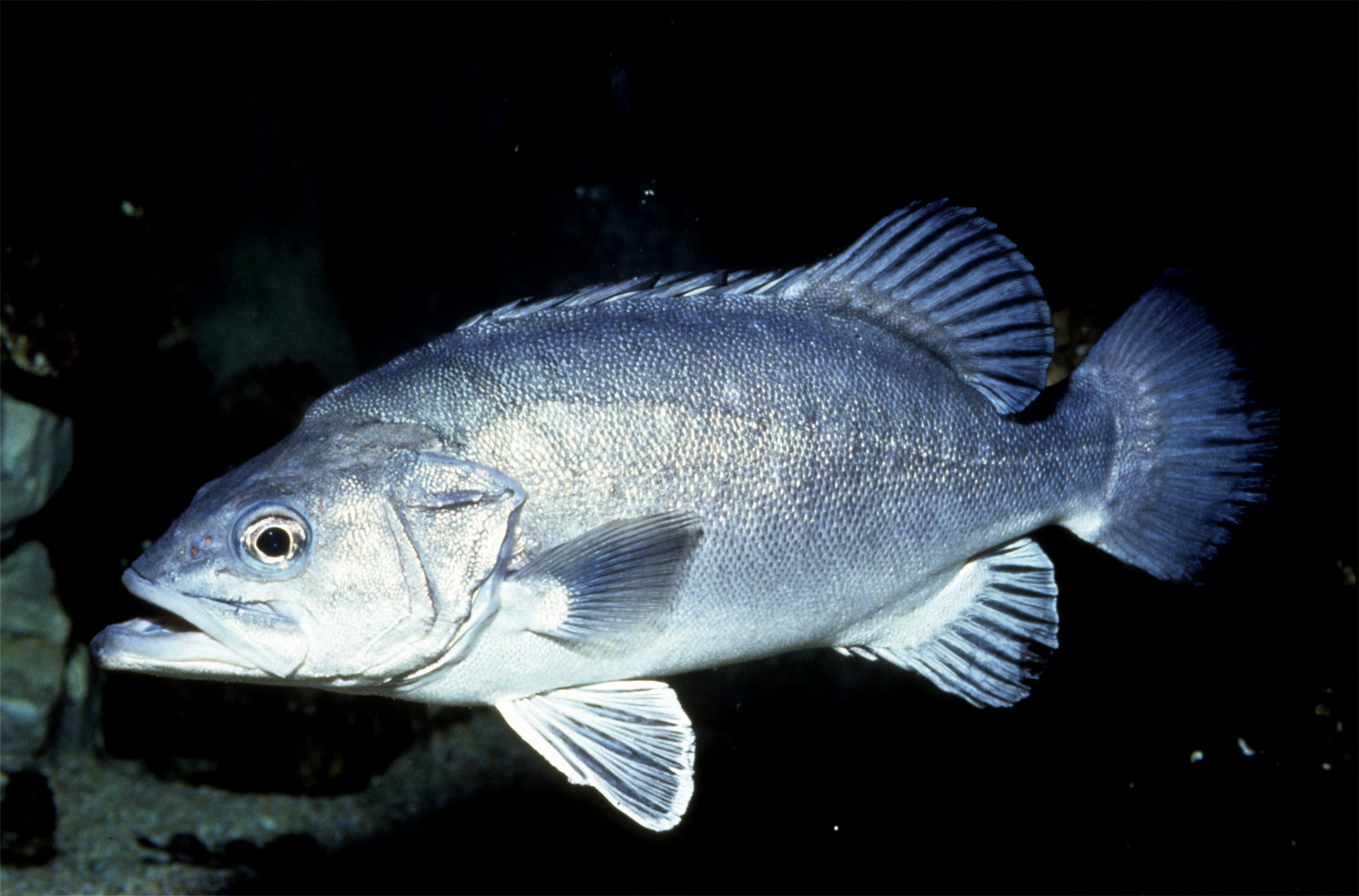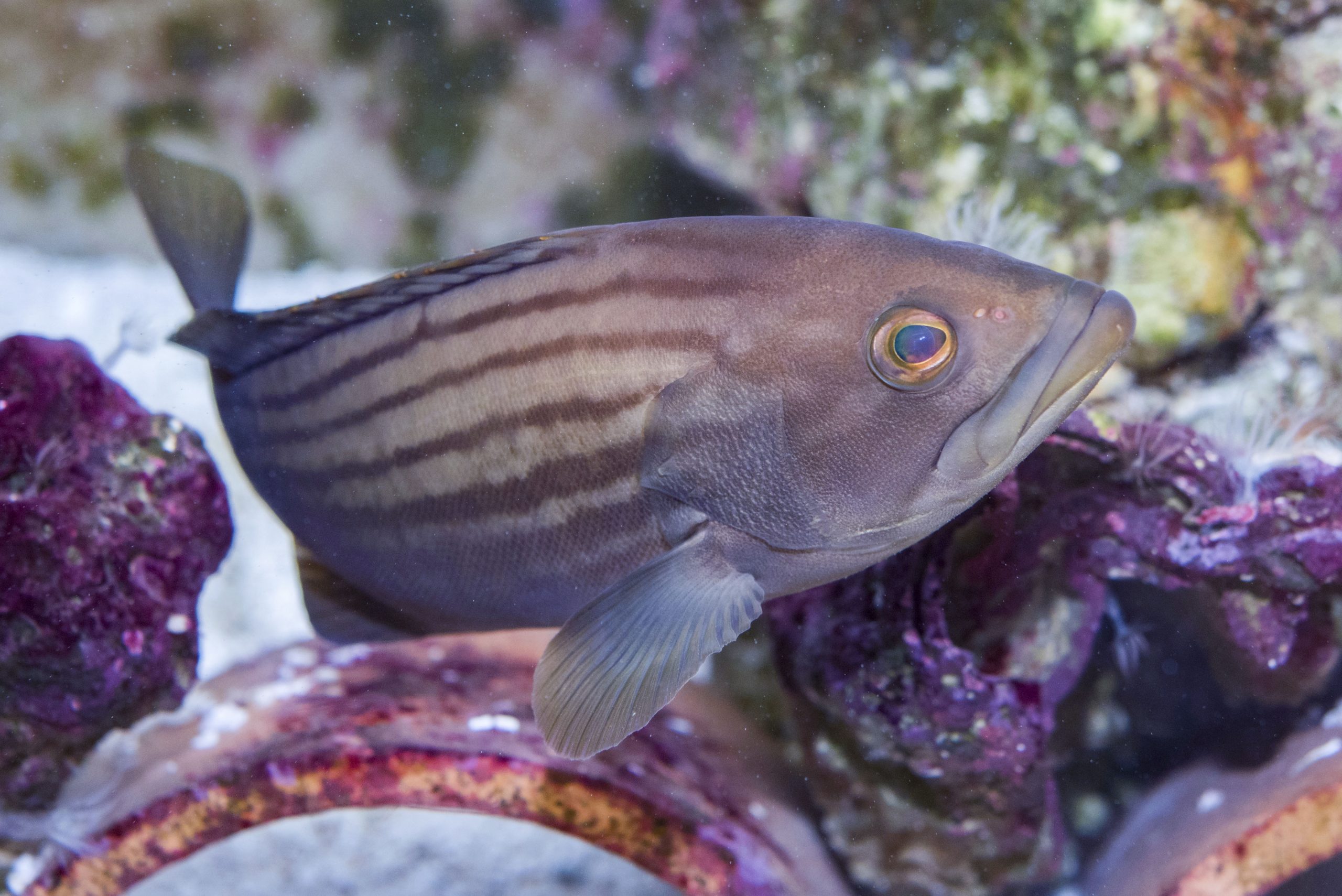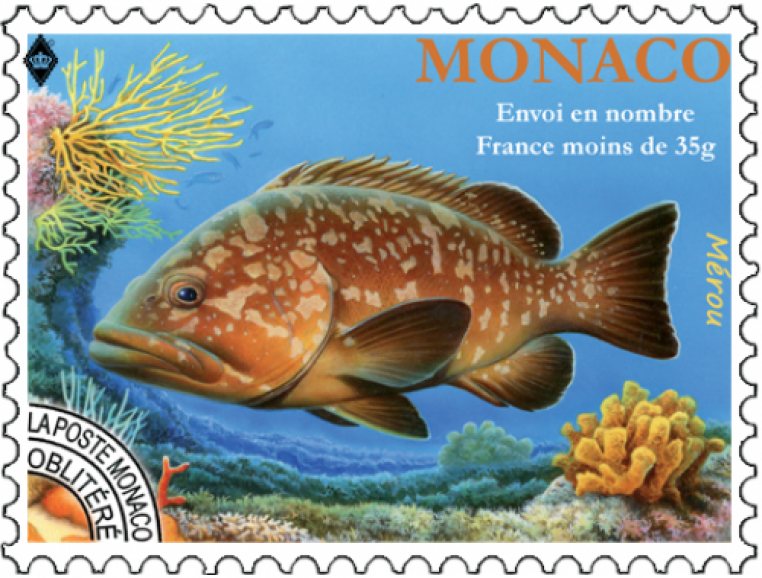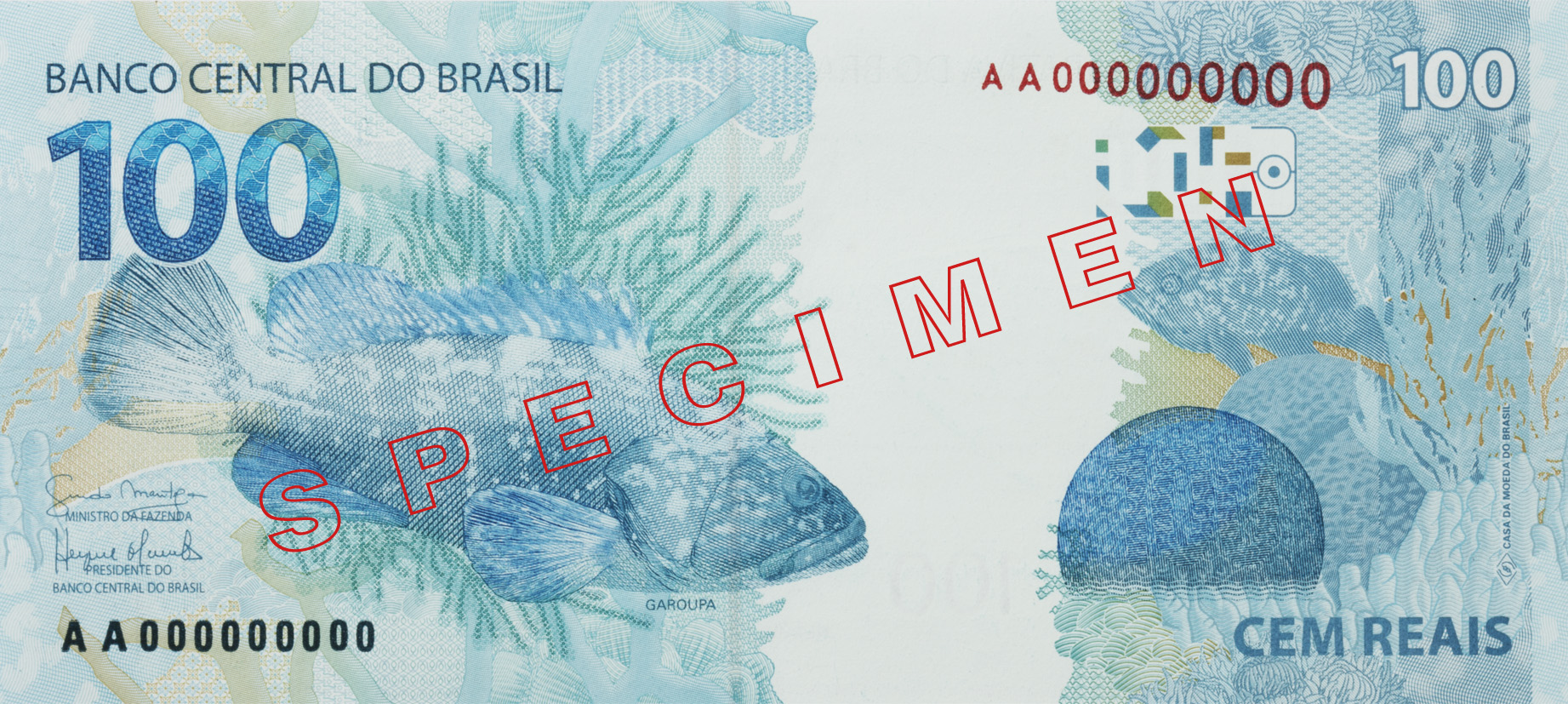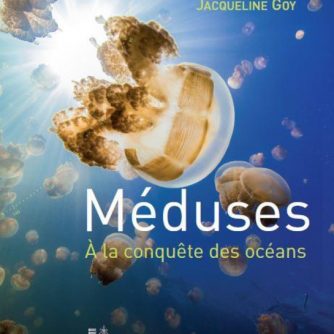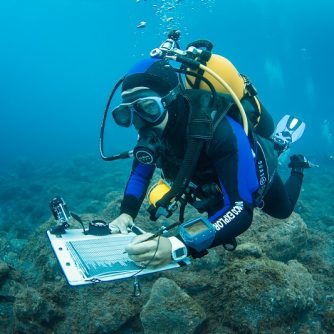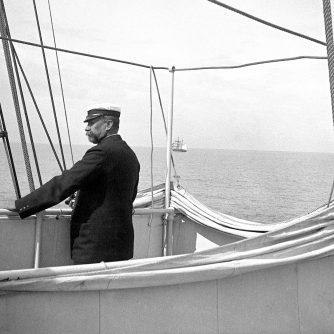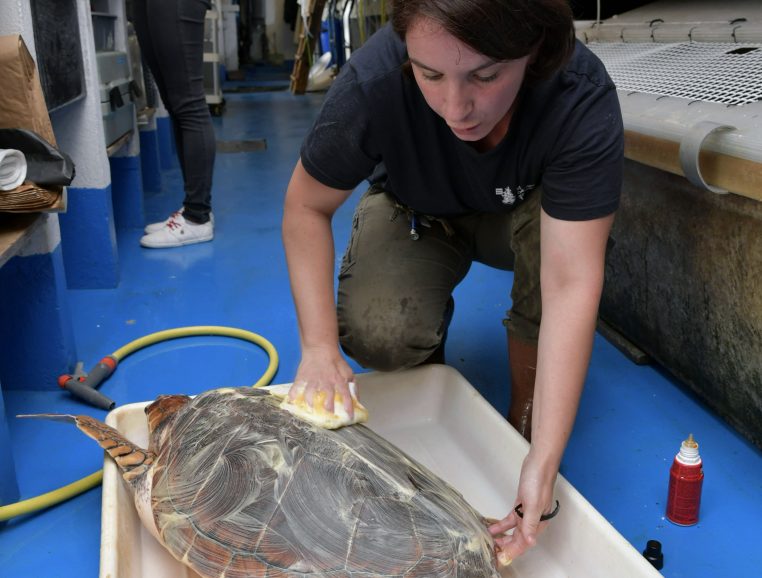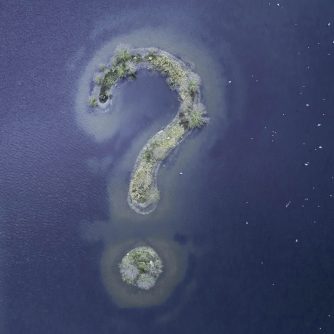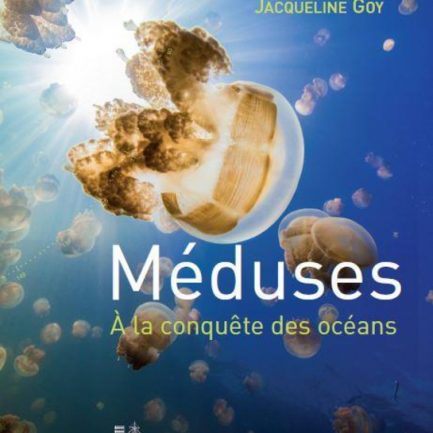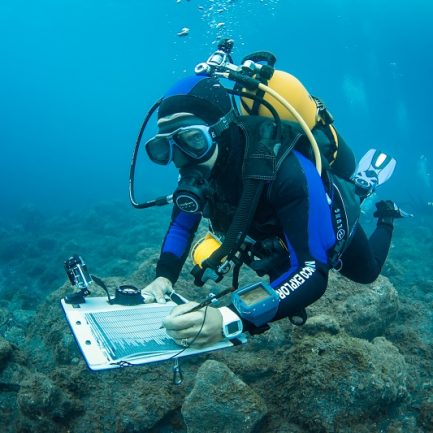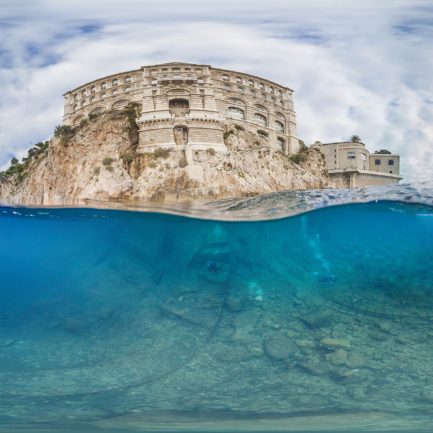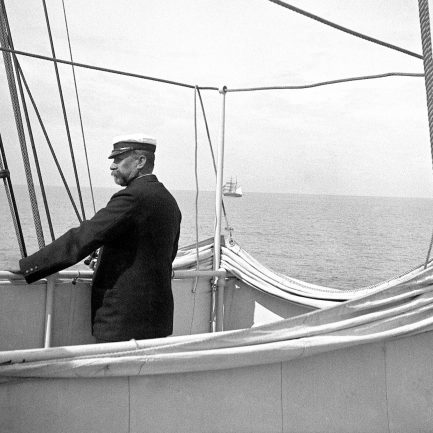Overfishing threatens bluefin tuna
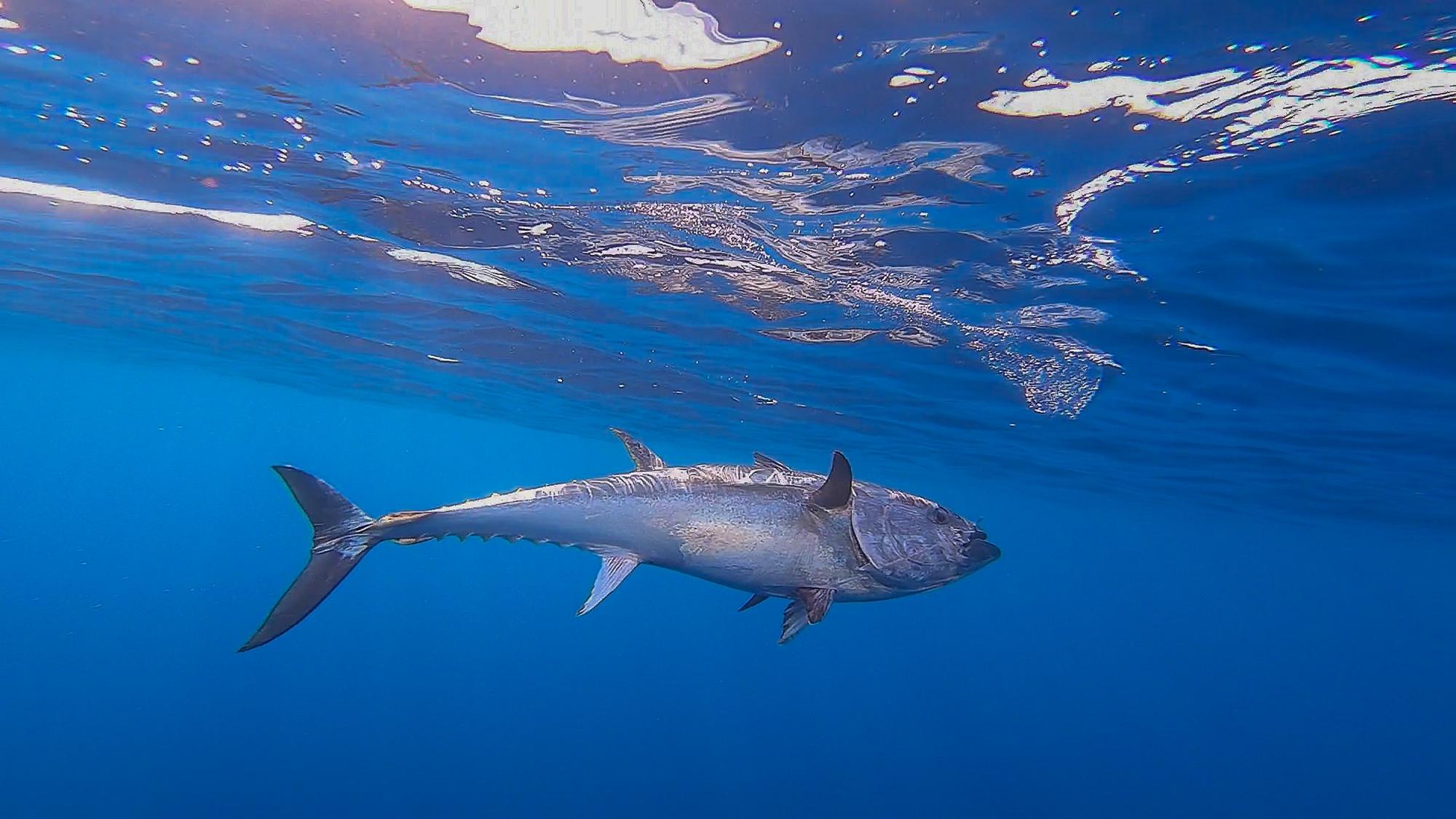
In the
European Red List of Marine Fish
established in 2015 by the International Union for Conservation of Nature (IUCN), the Atlantic bluefin tuna is listed as “Near Threatened”.
Overfishing and overcapacity of fishing fleets are the main cause of the depletion of bluefin tuna.
How did we get here?
From 1990 to 2007, catches peaked at record levels of around 50,000 tonnes/year, well beyond the capacity of the stock to regenerate. Noting the overexploitation, ICCAT set up a quota of about 30,000 tonnes per year in 1998, without any positive result because the quota is higher than the scientific recommendations and, above all, it is not respected by many countries, and this until 2007.
DID YOU KNOW?
In 2006, in order to avoid a total collapse of the populations, a recovery plan for theEastern Atlantic and Mediterranean was adopted, including measures to monitor and control fishing activities (closed seasons, obligation of a “minimum conservation size” of 115 cm or 30 kg (certain types of fishing have derogations at 8 kg or 75 cm), ban on reconnaissance aircraft, presence of observers on board vessels, traceability of catches, etc.), but the fishing quotas are still too high
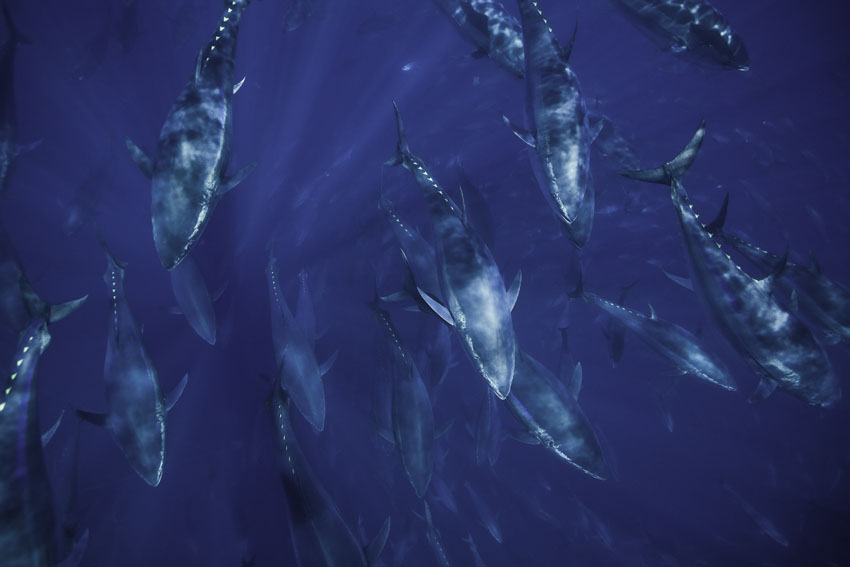

A small victory at CITES
Under pressure from NGOs and certain states (including the Principality of Monaco and France) who advocate the inclusion of the species in Annex 1 of the Convention on International Trade in Endangered Species of Wild Fauna and Flora (CITES) – which would have the effect of prohibiting international trade – the quota is revised downwards (13,500 tonnes) for 2010, following scientific advice for the first time; an important victory for organisations working for sustainable bluefin tuna fishing. !
A situation that has improved since 2009
Thanks to the strengthening of the recovery plan and more effective control, the bluefin tuna situation is improving from 2009 onwards. Declared catches are decreasing, aerial monitoring shows that young bluefin tuna are more abundant, the spawning biomass is increasing, and fishermen are observing them more regularly. Today, the species is no longer “overexploited” but the current stock, although in better condition, is far from having recovered its preindustrial level, and bad practices such as illegal fishing persist.
With fishing quotas set to increase (32,240 tonnes for 2019, 36,000 tonnes for 2020 – including 19,460 tonnes for the European Union and 6,026 tonnes for France) – the highest levels since the recovery plan was put in place – it will be up to the international community, scientists and consumers to carefully monitor the situation of Atlantic bluefin tuna over the coming years. To be continued, then!
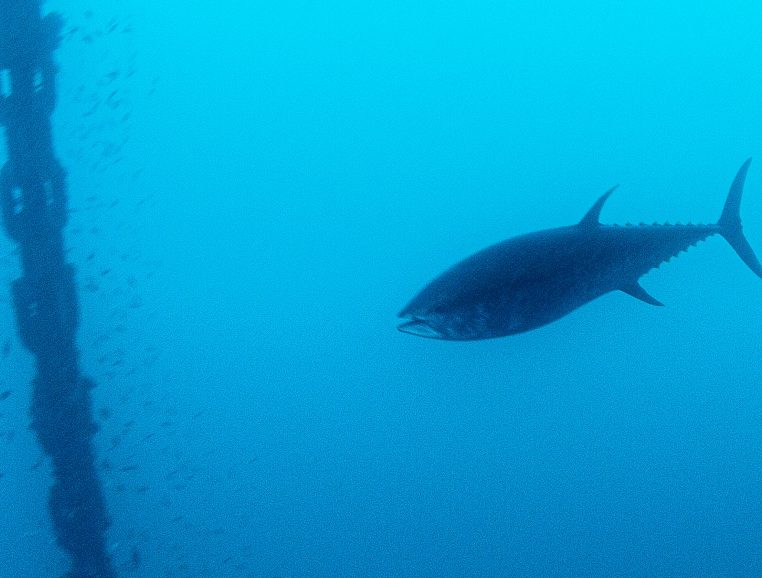
The corner of the experts
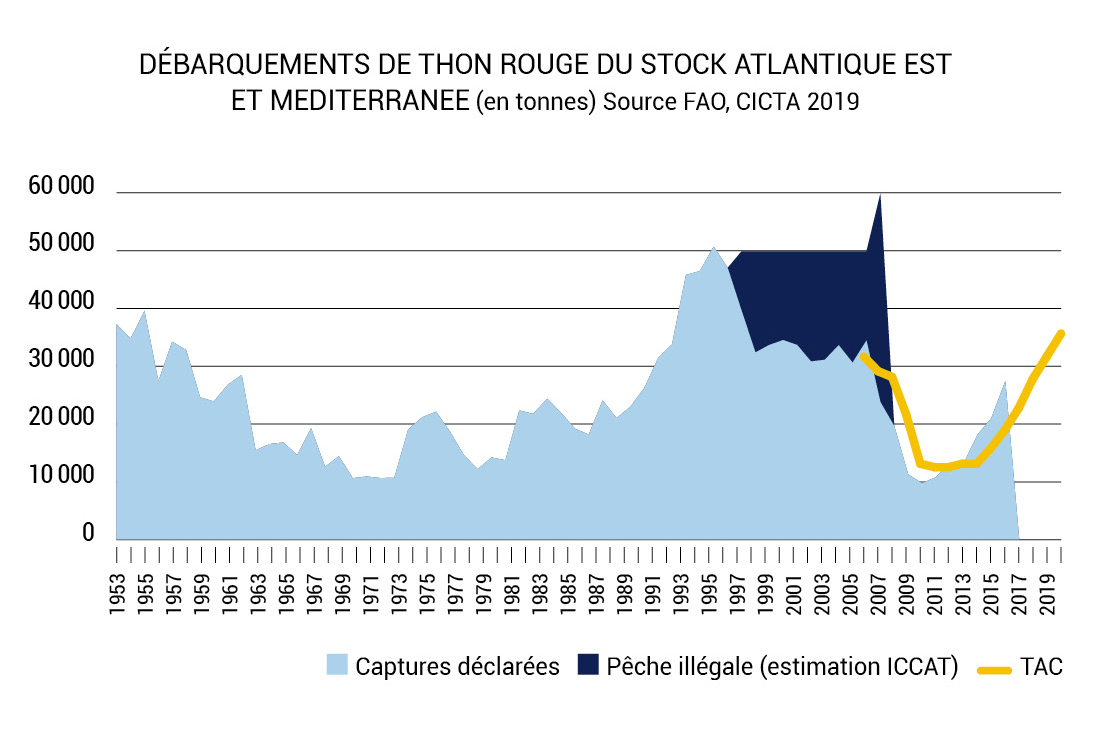
What about bluefin tuna aquaculture?
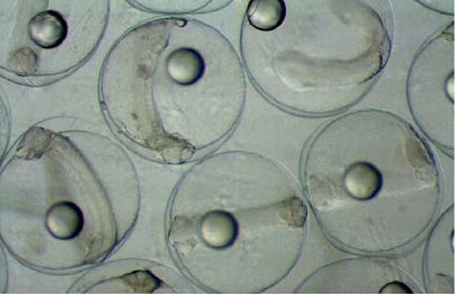
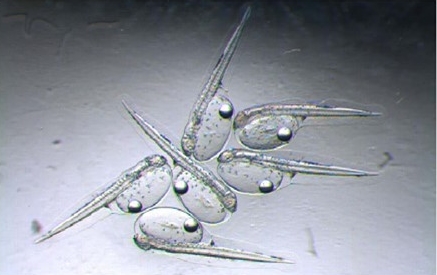
An activity that creates controversy
Unlike many marine species (salmon, sea bass, sea bream), the aquaculture of large tunas is not perfectly mastered and continues to be the subject of extensive experimentation in several countries (Australia, Japan, Europe) in order to carry out the complete cycle of farming over several generations, with a view to eliminating catches at sea and maximising profits. Proponents of large tuna aquaculture believe that farming will reduce pressure on wild stocks. Environmental organizations believe that the problem will just be displaced, with fishing pressure shifting to the “forage fish” at the base of the food chain, potentially disrupting the entire marine ecosystem.
Tuna fattening
Bluefin tuna farming is based almost exclusively on “fattening”, a technique that consists of catching young tuna in the wild and growing them in large fish farms to commercial size. Fed with “feed” fish (10 kg of sardines or mackerel will produce 1 kg of tuna), the fish quickly fatten up before being slaughtered and exported to consumer countries, mainly Japan, far from where they are produced, contributing to the emission of greenhouse gases. The activity is controversial; for sustainable fishing advocates, it decimates future breeders and lacks transparency.
As practiced today, bluefin tuna aquaculture appears to be far from sustainable as it raises, among other issues, the problem of marine resource management, ecological impacts and greenhouse gas emissions.
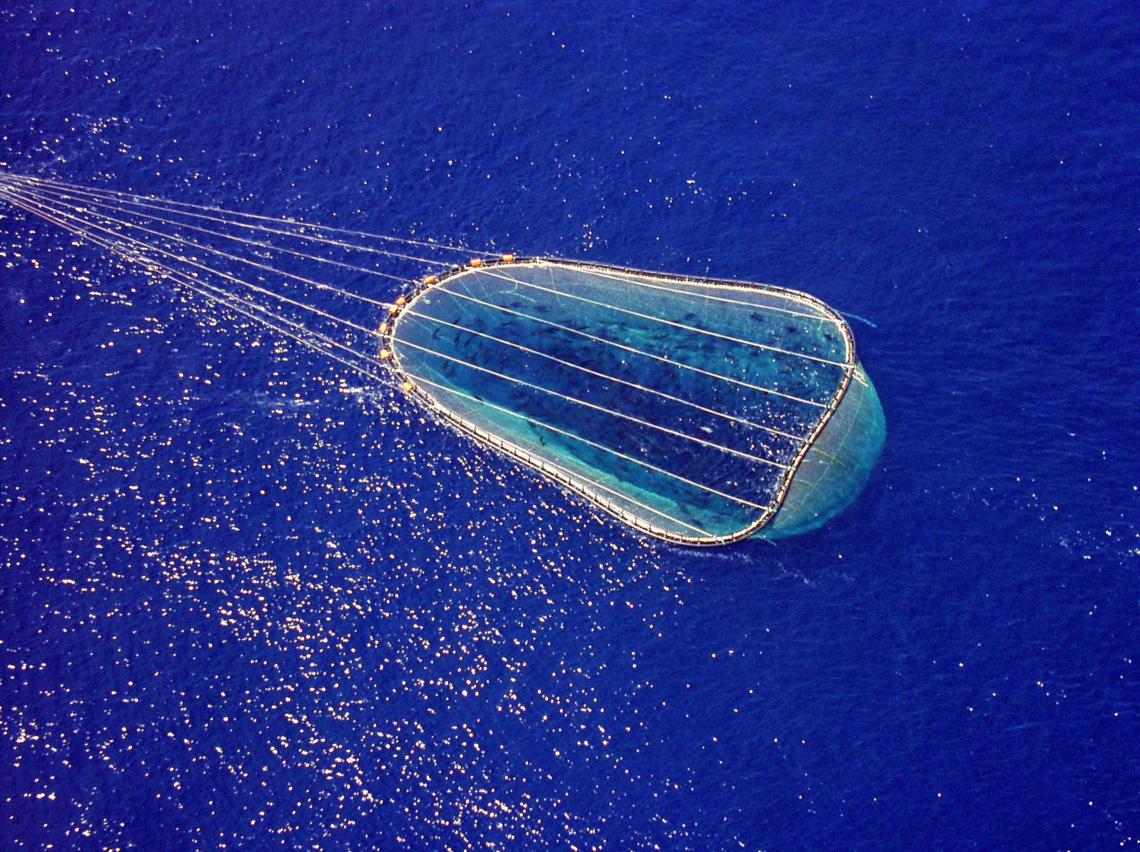
The corner of the experts
Three species with high market value are fattened at the fattening sites: Atlantic bluefin tuna(Thunnus thynnus), Pacific bluefin tuna(Thunnus orientalis) and southern bluefin tuna(Thunnus maccoyii). More than 50 farms, located in Australia, Mexico, Japan and the Mediterranean produced a total of 36,350 tons in 2014, including 14,500 tons of Atlantic bluefin tuna, mainly in Italy, Spain, Croatia, Malta, and Turkey.
The vast majority of bluefin tuna caught in the Mediterranean by industrial fisheries is destined for the fattening activity that serves the Japanese market.

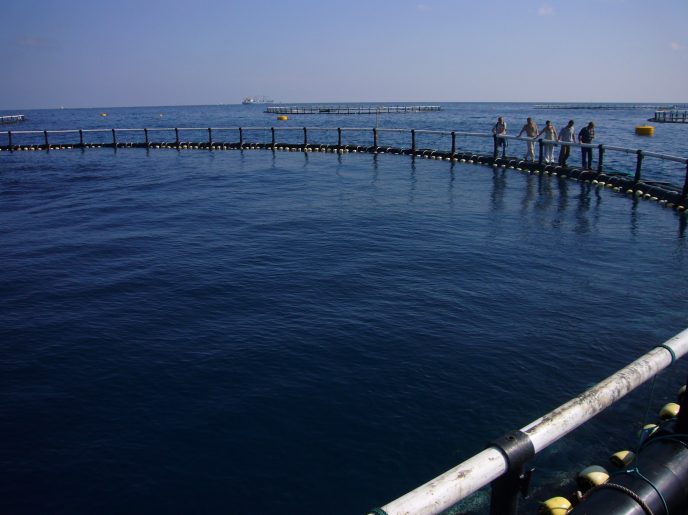
What is the size and weight of a bluefin tuna?
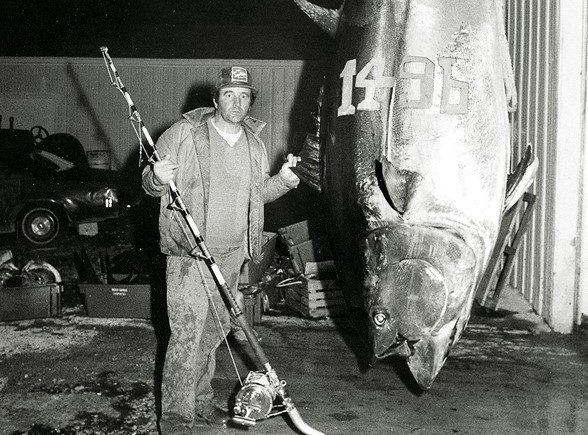
A record-breaking fish
The Atlantic bluefin tuna is a large marine fish and the largest in the “tuna” family. At the age of 30, it can reach 3 meters and exceed 600 kg! Its size and weight at maturity differ according to the geographical area. In the Mediterranean, it is adult at the age of 4 years (i.e. 30 kg for a length of approximately 120 cm) whereas it takes 9 years in the West Atlantic (i.e. 150 kg for approximately 190 cm).
"Small" or "big"?
In our collective memory, the size and weight that certain animal species can reach (crocodiles, sharks, large fish such as cod or halibut) have disappeared. In just one or two generations, we have hunted, fished, and eliminated the large individuals. What we consider today as “big” specimens, are in fact only “small” or “medium” ones! Atlantic bluefin tuna is no exception to this rule. A fish of 30 kg – a weight that is already quite substantial – is only a “baby” compared to large individuals of several hundred kilos!
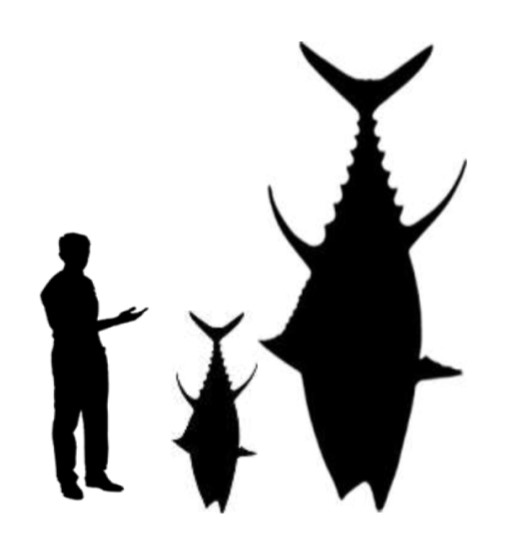
How are bluefin tuna stocks managed?
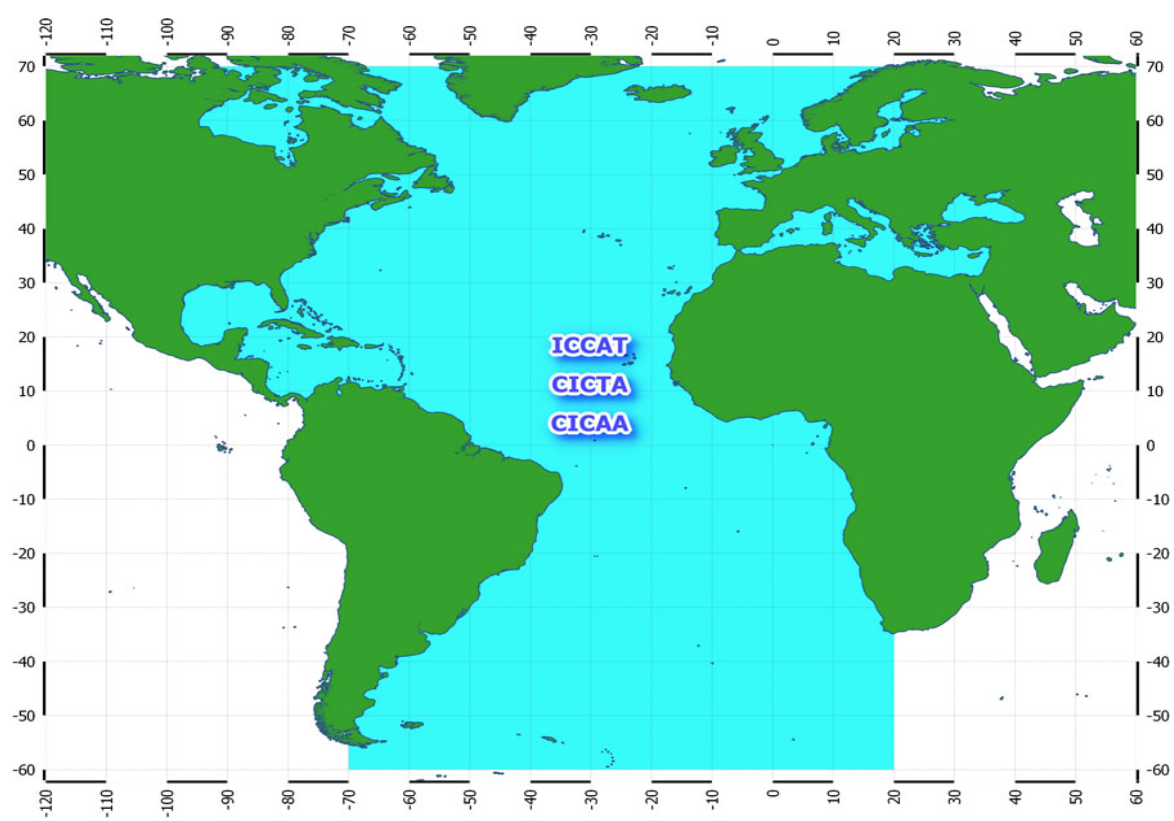
THE ROLE OF ICCAT
In the Atlantic Ocean and adjacent seas (including the Mediterranean), it is the International Commission for the Conservation of Atlantic Tunas (ICCAT) which is responsible for the conservation and sustainable exploitation of all species of tuna and other pelagic commercial species living in the area (swordfish, billfish, sharks). Based on scientific evidence, this
regional fisheries management organisation (RFMO)
diagnoses the state of populations, produces recommendations so that signatory countries can negotiate binding agreements, define fishing quotas (the famous “TAC”, for “Total Allowable Catch”) and adopt measures to limit by-catch. For Atlantic bluefin tuna, ICCAT considers two distinct management entities, the ” Eastern Atlantic and Mediterranean ” (which accounts for more than 90% of the total Atlantic bluefin tuna catch and population) and the ” Western Atlantic “.
Other tuna managed by ICCAT
In the ICCAT-managed area, the tuna that live alongside Atlantic bluefin tuna are bigeye tuna(Thunnus obesus)(Bigeye tuna), yellowfin tuna (T. albacares)(Yellowfin tuna), albacore(Thunnus alalunga)(Albacore) and skipjack tuna(Katsuwonus pelamis)(Skipjack tuna).

What is the economic importance of tuna?
The name “tuna” covers 14 species belonging to 4 different genera(Auxis, Katsuwonus, Euthynnus, Thunnus), which are found in almost all the seas of the world. This large family of fish is of major economic importance in a fully globalised economy.
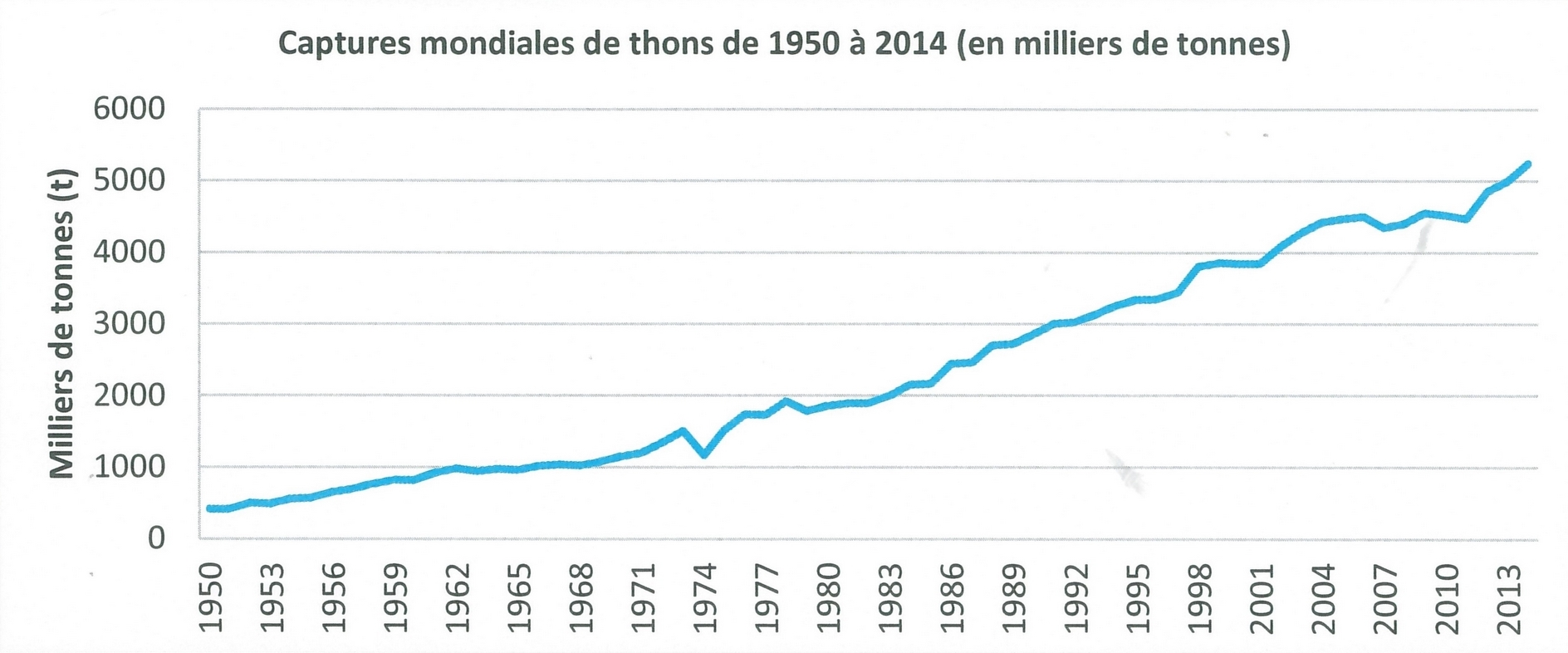
a growing global catch
In 65 years, the world’s tuna catch has increased by 1, %, from 500,000 to 5 million tonnes, and demand could reach nearly 8 million tonnes by 2025! In terms of export value of seafood products, tuna is in4th place, behind shrimp, salmon and white fish.
At the end of the chain, the value at sale is estimated at 33 billion dollars (i.e. 24% of the world seafood industry). The average per capita consumption of tuna in 2007 (worldwide) is about 0.45 kg per year. In the European Union, more than 2 kg of canned tuna per capita was consumed in 2012!
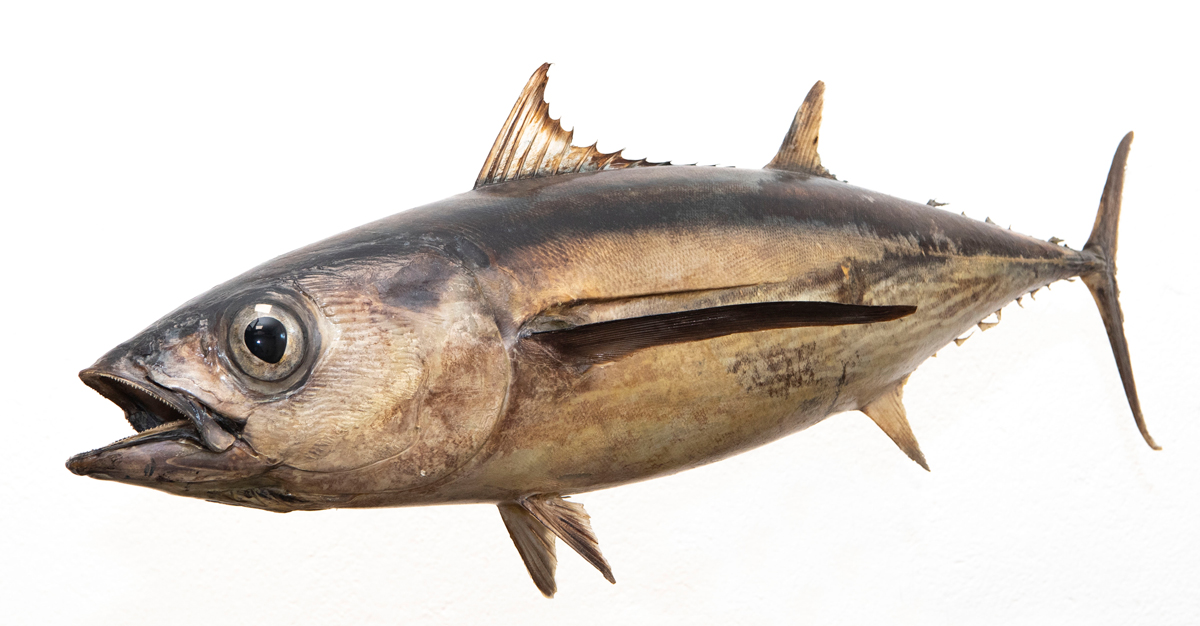
Albacore tuna, also called albacore, Thunnus alalunga, naturalized.
Of the 14 tuna species, 7 are of major commercial importance.
3 species* (Atlantic bluefin tuna, Pacific bluefin tuna, Southern bluefin tuna) represent only 1% of the volume of catches.
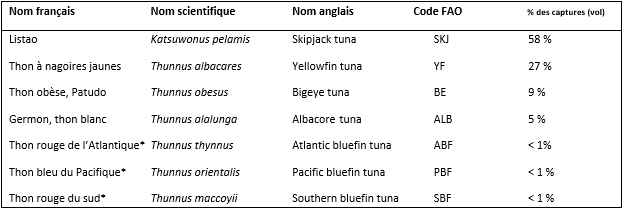
Why bluefin tuna
is it so sought after?
In the Mediterranean basin, the Atlantic bluefin tuna has been exploited since the Neolithic period, as attested by the rock engravings in the caves of Levanzo Island, near Sicily (photo below, far right: it is a tuna and not a dolphin!).
It is also present on this Greco-Hispano-Carthaginian bronze coin (200 to 100 B.C.), originating from Gades or Carthago Nova, a Greek city in Spain. Coll. Oceanographic Institute.
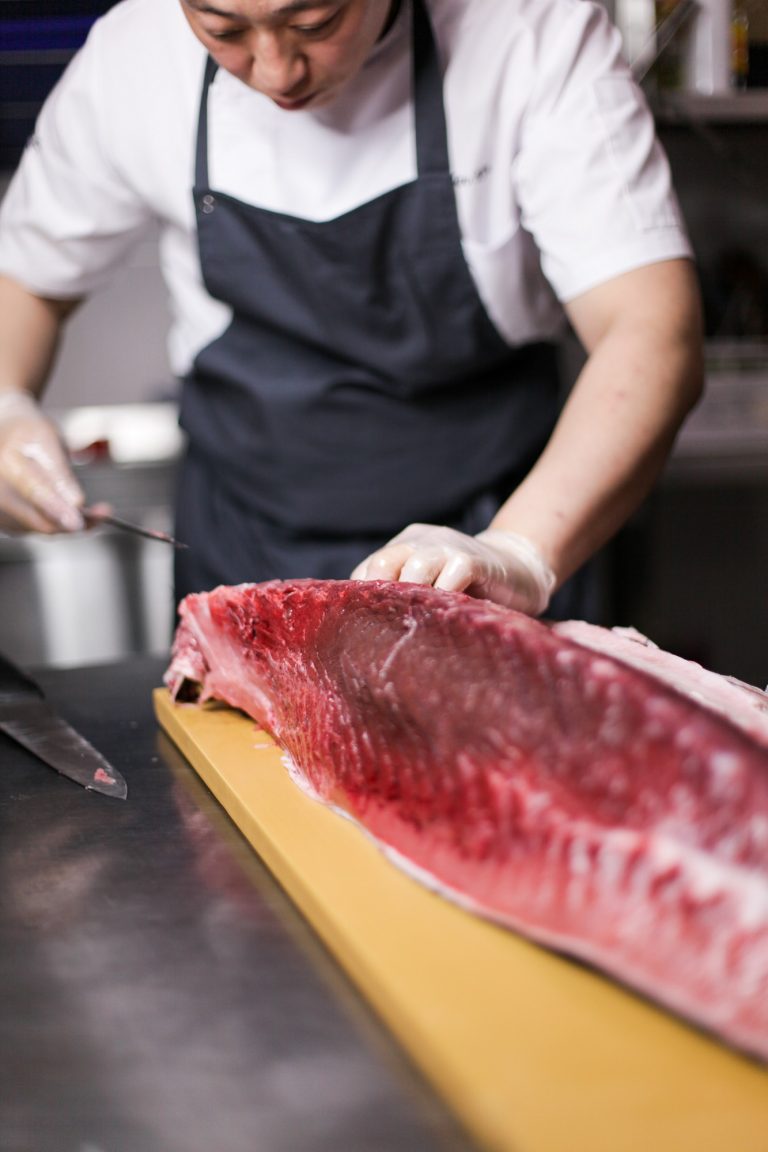
A star of Japanese cuisine
Today, bluefin tuna is used to make sashimi and sushi for health-conscious Japanese consumers. Other tunas (skipjack, albacore, yellowfin) are used more in canned and other prepared and preserved products.
Premium bluefin tuna are reaching record prices. In On January 1, 2019, at the Tokyo New Year’s auction, aPacific bluefin tuna (Thunnus orientalis cousin of the Atlantic bluefin tuna Thunnus thynnus) weighing 278 kg, caught in northern Japan, was auctioned for the incredible sum of 2.7 million euros!
Mediterranean tuna is exported...
In the Mediterranean basin, more than 20 countries exploit bluefin tuna, which makes it a highly shared marine resource that can only be managed within an international framework. Over the last two decades, 60% of the catches have been made by France, Spain, Italy and Japan, giving these countries a particular responsibility.
The vast majority of bluefin tuna caught in the Mediterranean by industrial fisheries is destined for aquaculture and the fattening activity that supplies the Japanese market.
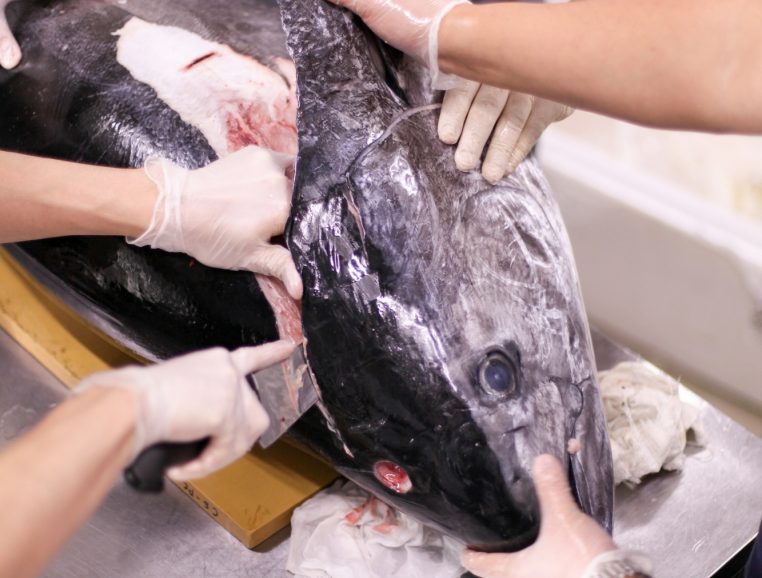
Can we eat bluefin tuna?
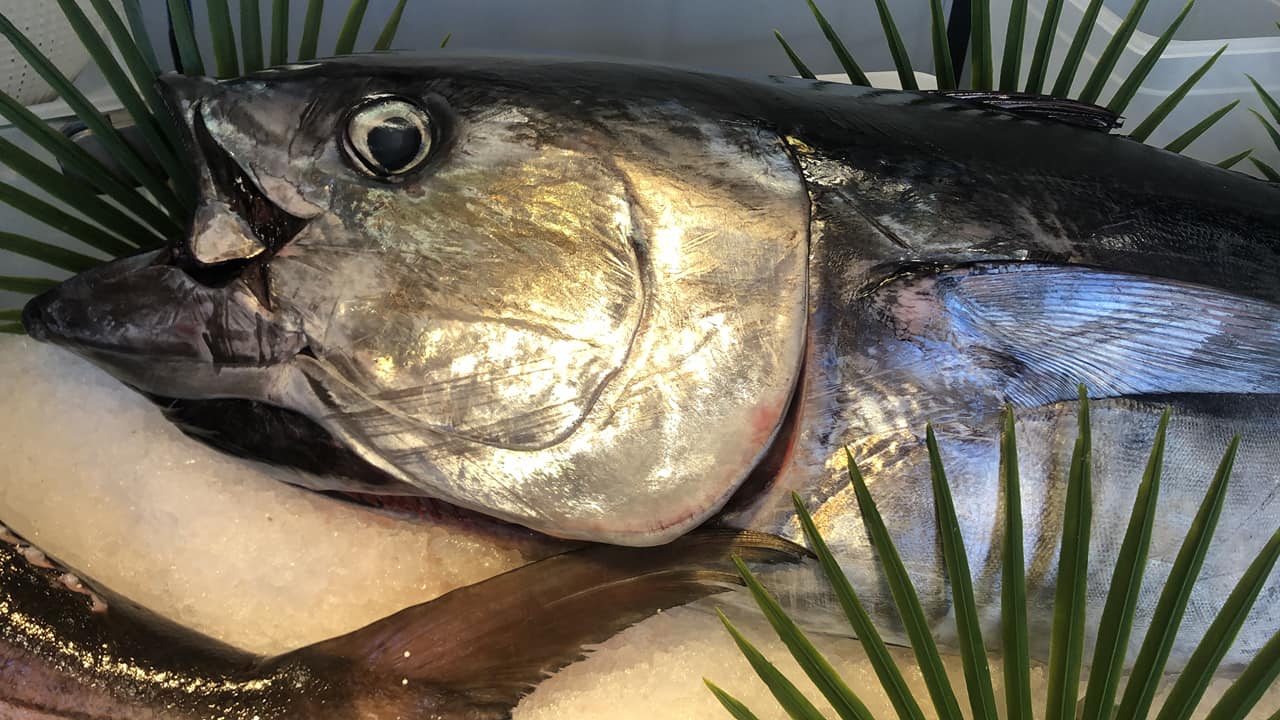
Prudence and discernment
A few years ago, with stocks on the verge of collapse, bluefin tuna consumption was widely discouraged, leading the Principality of Monaco to adopt a consensus moratorium on its consumption. With stocks now in better shape, it is possible to eat bluefin tuna, but with great care.
Ethic Ocean
suggests limiting the quantity consumed, favouring the origin “East Atlantic and Mediterranean ” and choose specimens fished with a rod, of more than 30 kg (thus at sexual maturity). On the other hand, the consumption of bluefin tuna from the original stock should be avoided. Western Atlantic ” and the other overexploited tuna species, Pacific bluefin tuna(Thunnus orientalis) and Southern bluefin tuna(Thunnus maccoyii) when they come from the southern part of the 3 oceans.
What criteria should be applied?
For
Mr.Goodfish
Under the Prince Albert II Foundation’s sustainable consumption programme, bluefin tuna can be eaten but only if it is wild, comes from certain fishing areas (mainly the Atlantic) and is caught outside its breeding period at a recommended minimum size of 120 cm.
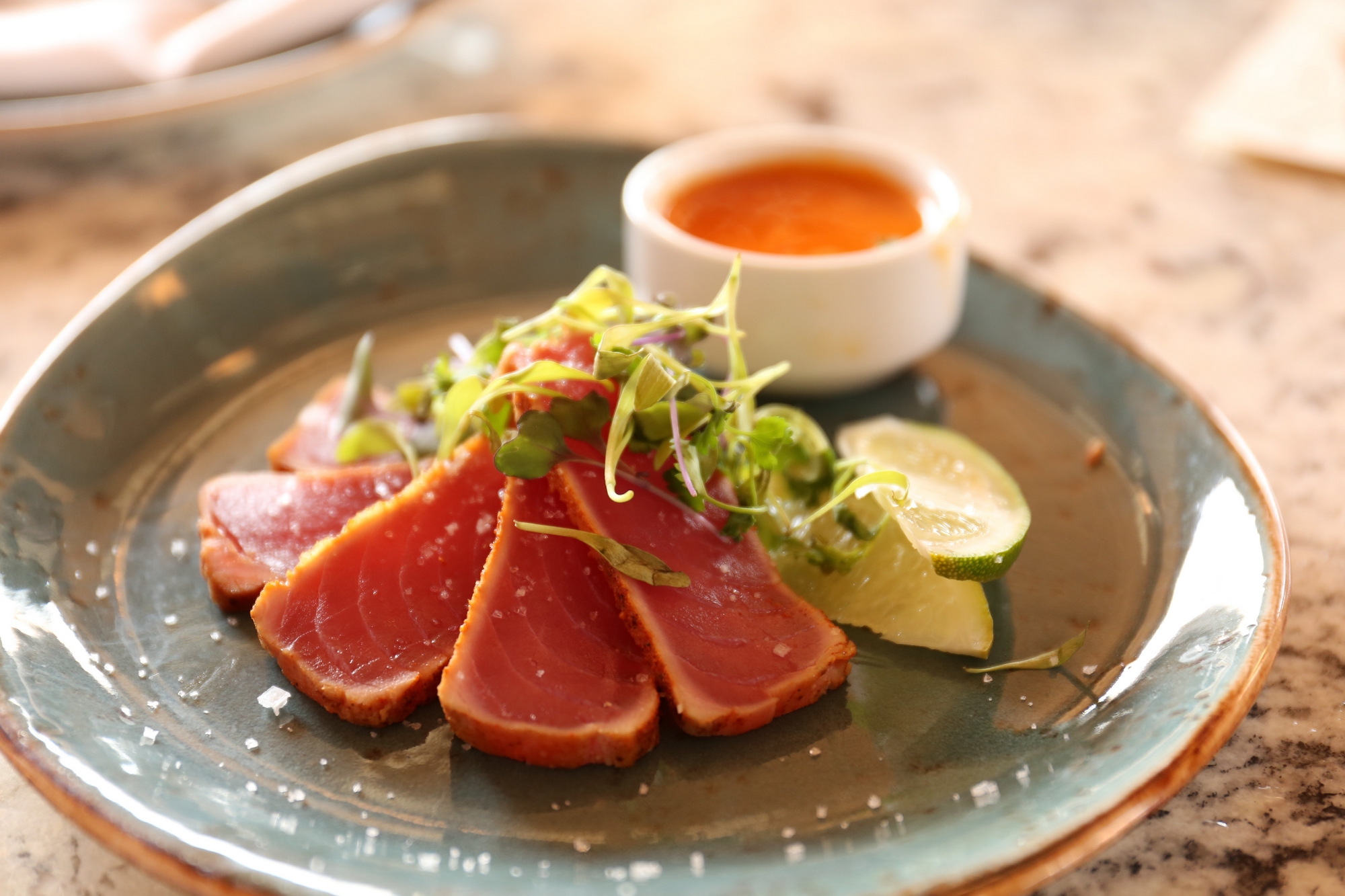
The labels
Some labels offer bluefin tuna fished in a responsible manner in accordance with the regulations in force and the specifications specific to the fishing method (longline, pole and line).
It
concerns bluefin tuna fished by line and includes the right actions to take when catching “by-catch” species (sharks, pelagic rays, sea turtles, birds).
Our best advice : when you buy tuna or other seafood products, be curious and demanding! Do not hesitate to ask questions to the salesman or the restaurant owner, they are there for that! Try to identify the species you are consuming, where it was caught or produced, the method used and how it was sustainably caught or farmed. Never buy bluefin tuna from recreational or sport fishing, it is forbidden!
12
August 2020
News on Atlantic bluefin tuna certification…
The Marine Stewardship Council has just awarded the “
l
abel sustainable fishing
” to a fisheryusing longline (large lines with hooks) in the eastern Atlantic Ocean (55 tons caught in 2018). This decision comes after an independent legal expert found that the company’s measures fully met the criteria for sustainable fishing. Other fisheries are reportedly in the process of applying for certification.
As a precautionary measure, in view of the scientific uncertainties about the state of the stock, some NGOs are currently opposed to any certification of Atlantic bluefin tuna. For the
WWF
, “the MSC certification of bluefin tuna is an alarming signal that the outcome is driven by industry demand rather than scientific evidence of sustainability… This may be a dangerous trend that may threaten the full recovery of bluefin tuna and our ability to restore the health of the world’s oceans by 2030.”
We say "Red Tuna",
but what species are we talking about?
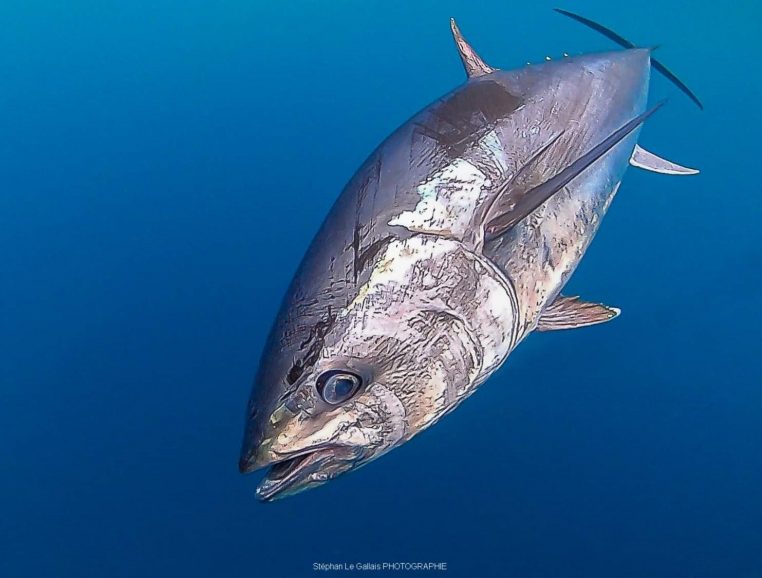
Atlantic bluefin tuna
Atlantic bluefin tuna(Thunnus thynnus) lives in the Atlantic Ocean, the Mediterranean and the Black Sea. It moves in schools and makes important migrations to feed and reproduce. Although it tends to live in surface waters, it can dive to depths of up to 1000 m. This voracious and fast predator (it is capable of speeds of over 100 km per hour) feeds on fish, squid and pelagic crustaceans (living in open water). A record-breaking fish, it can live for 40 years or more, reach 3 m in length and weigh 600 kg! Located at the top of the marine food chain, its predators are the killer whale, the great white shark … and Man!
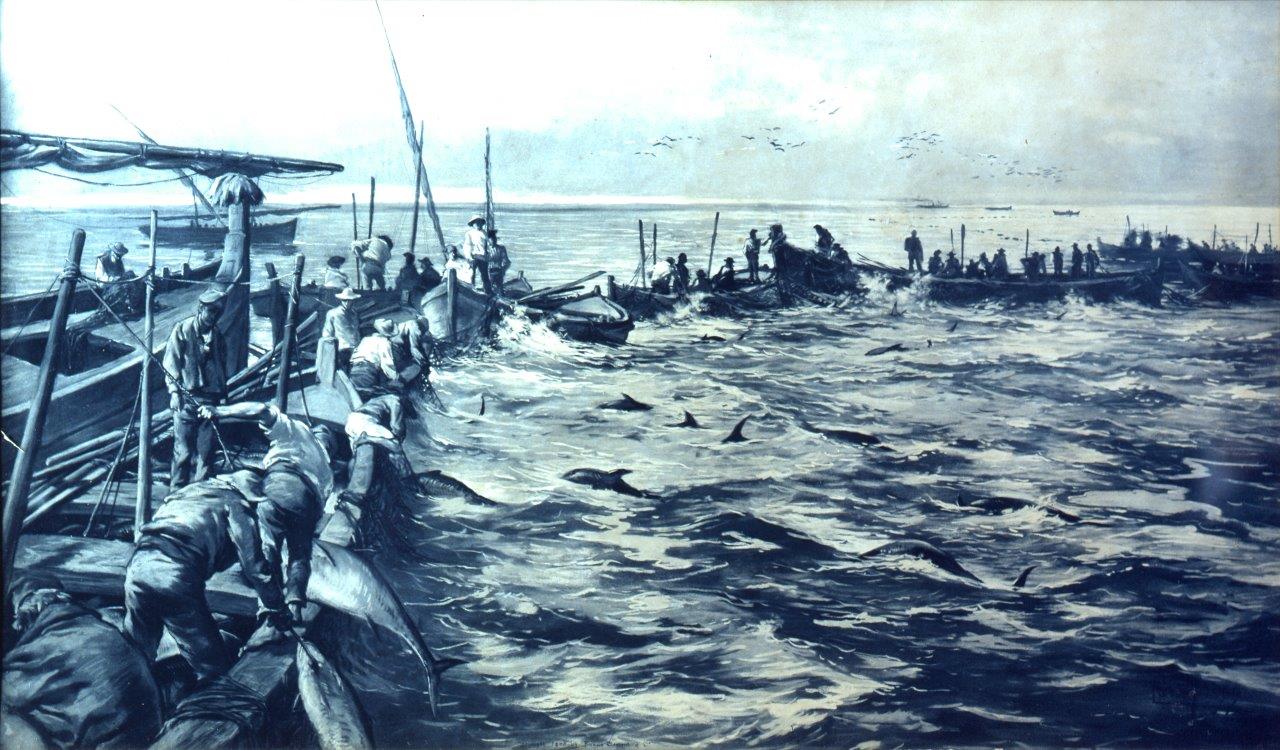
Geographical distribution of bluefin tuna
This map shows the spatial distribution of the Atlantic bluefin tuna: in blue its distribution area, in yellow the known spawning areas. The black arrows indicate the main migration routes (Figure adapted from Fromentin and Powers – 2005) © Ifremer.
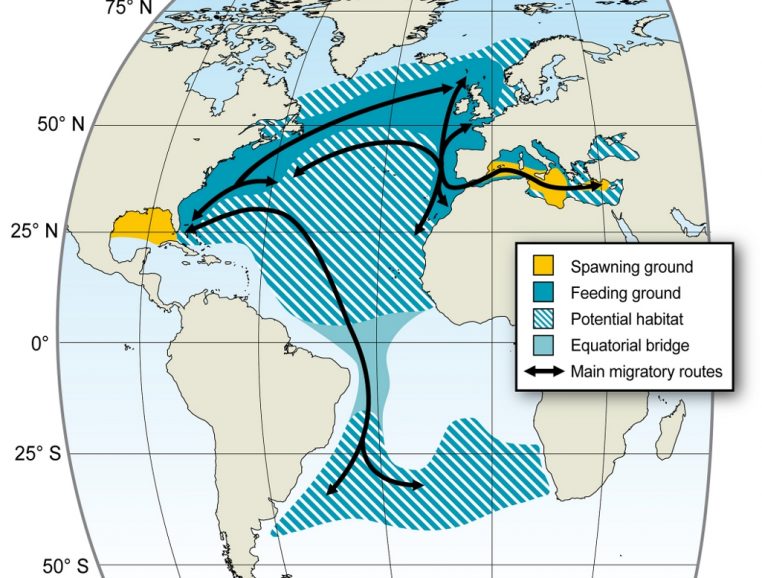
DID YOU KNOW?
The Brown Grouper
Symbol of exemplary conservation
back on our shores after 30 years of effort
An icon for many scuba divers, both for its size (it is one of the largest bony fish in the Mediterranean) and its rarity, the brown grouper Epinephelus marginatus had almost disappeared after decades of overfishing and poaching. Thanks to strong protection measures, it is making a strong comeback in the waters of the French and Monegasque Mediterranean, especially in protected areas, allowing the underwater hiker to admire its unique and majestic behaviour. Watching it while diving is a privileged and magical moment, a memory that you will keep in your head for a long time! The return of the grouper is not a coincidence but the result of 30 years of efforts, an example that should inspire us to better protect endangered species in the Mediterranean! Explanations…
Male or female? Both of them! A little biology...
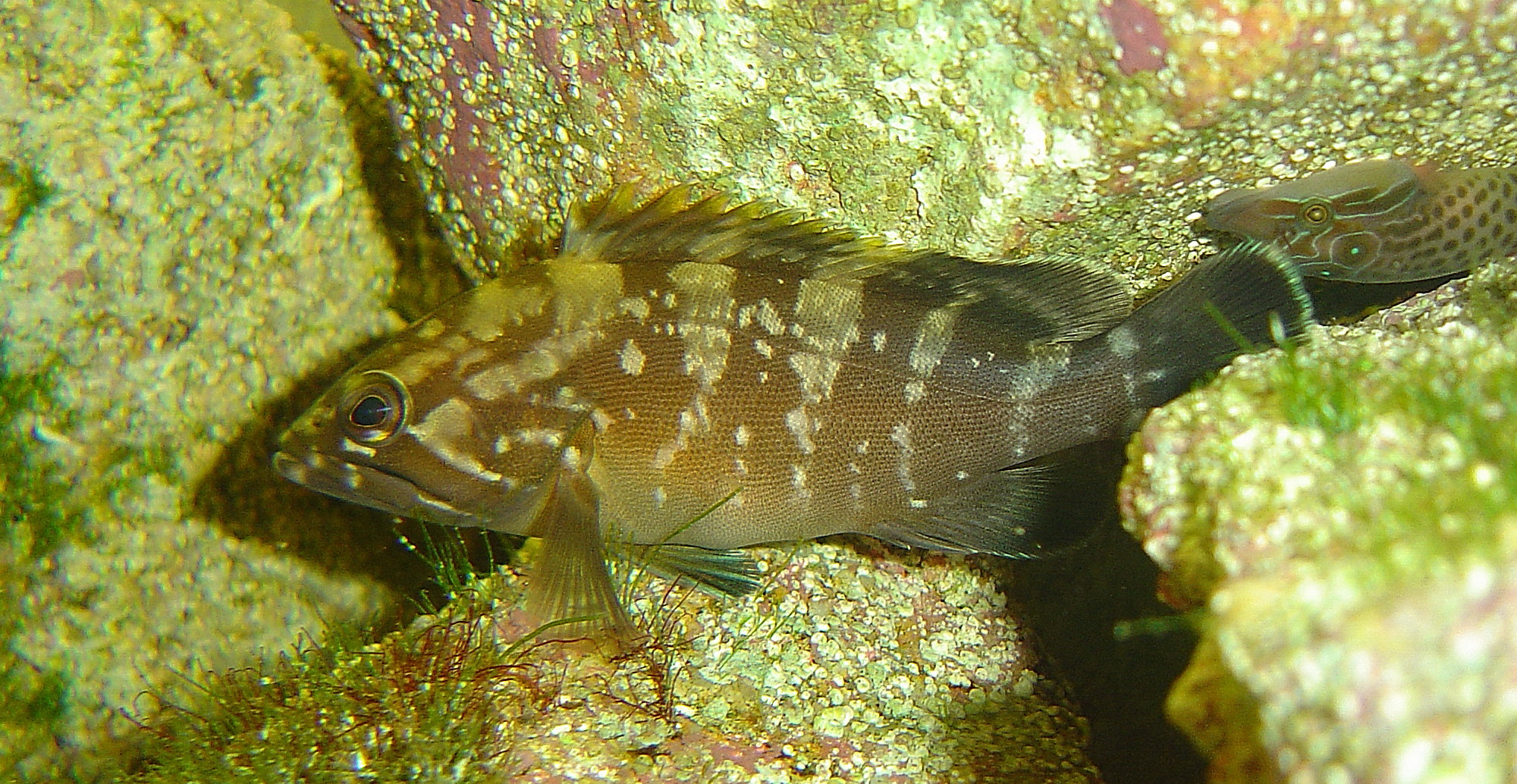
The brown grouper lives between the surface and 50 to 200m depth, in the Atlantic Ocean (from the Moroccan coasts to Brittany) as well as in the whole Mediterranean Sea. It is also found off Brazil and South Africa, but researchers wonder if it is a homogeneous population or distinct subpopulations. The mystery remains today!
It likes coastal rocky habitats rich in crevices and cavities. The juveniles, more littoral, are sometimes observed in a few centimeters of water. Its size varies from 80 cm to 1 m or even 1.5 m for the largest individuals.
The grouper changes sex during its life: “protogynous hermaphrodite”, it is first female then becomes male when it reaches 60 to 70 cm, at the age of 10 to 14 years.
Regulator and indicator of the state of the marine environment
A super-predator at the top of the food chain, the grouper hunts its prey (cephalopods, crustaceans, fish) at lower trophic levels, thus playing the role of regulator and contributing to the balance of the ecosystem. It is also an indicator of environmental quality. The abundance of groupers reflects the good condition of the food chain that precedes it, the presence of rich food and the expression of moderate poaching and fishing pressure. Because of its very high commercial value, brown grouper remains highly sought after by fishermen and spearfishermen throughout its range. Its numbers are in sharp decline and it is classified by the International Union for Conservation of Nature as a
vulnerable species.
Did you know?
8 species of groupers are present in the Mediterranean. Among the 6 species observed in Monaco, the brown grouper Epinephelus marginatus is the most frequent, then comes the impressive wreck grouper Polyprion americanus. The canine grouper Epinephelus caninus, the badèche Epinephelus costae, the white grouper Epinephelus aeneus, the royal grouper Mycteroperca rubra are much more discrete.
The Grouper in pictures
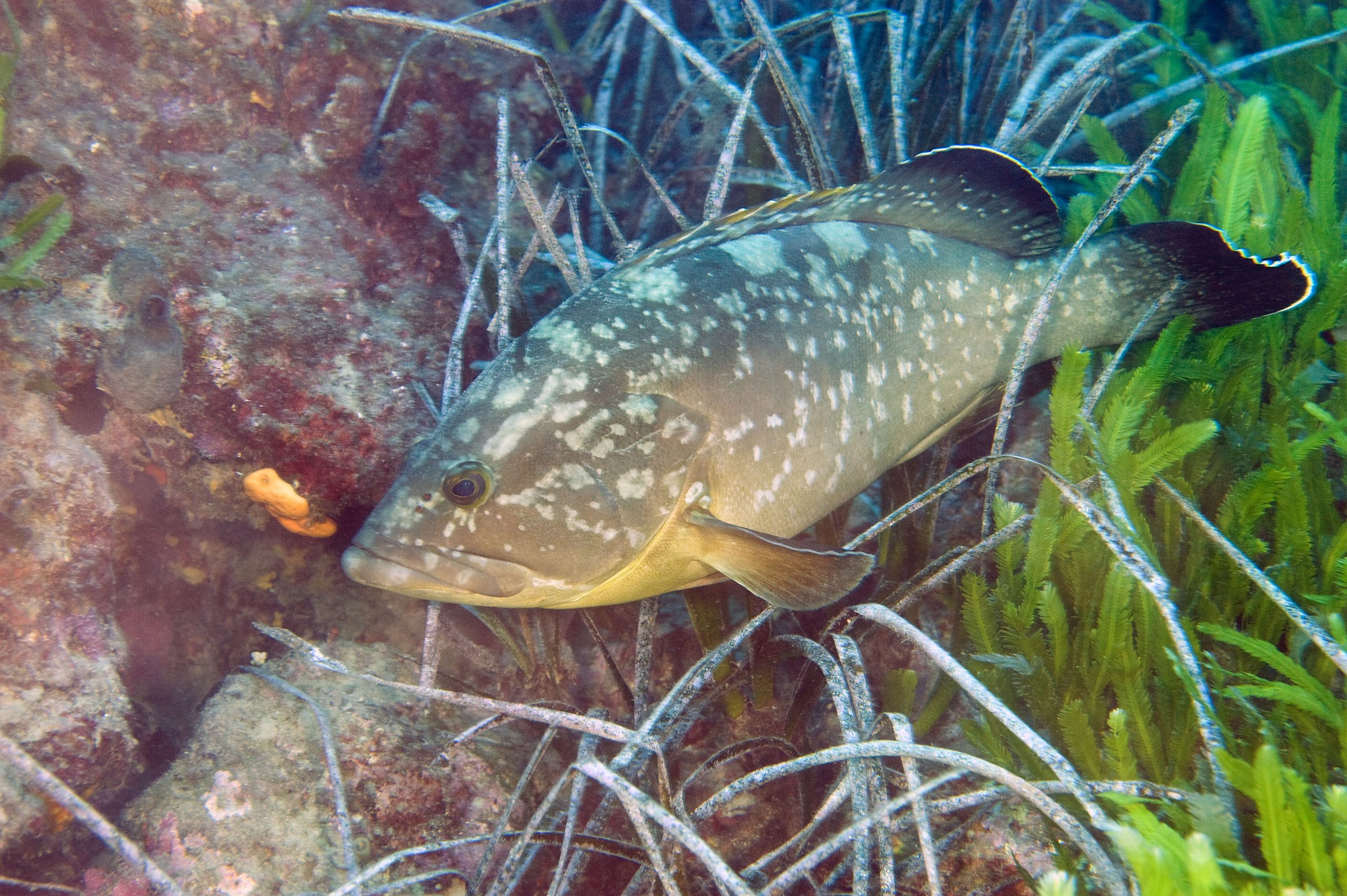
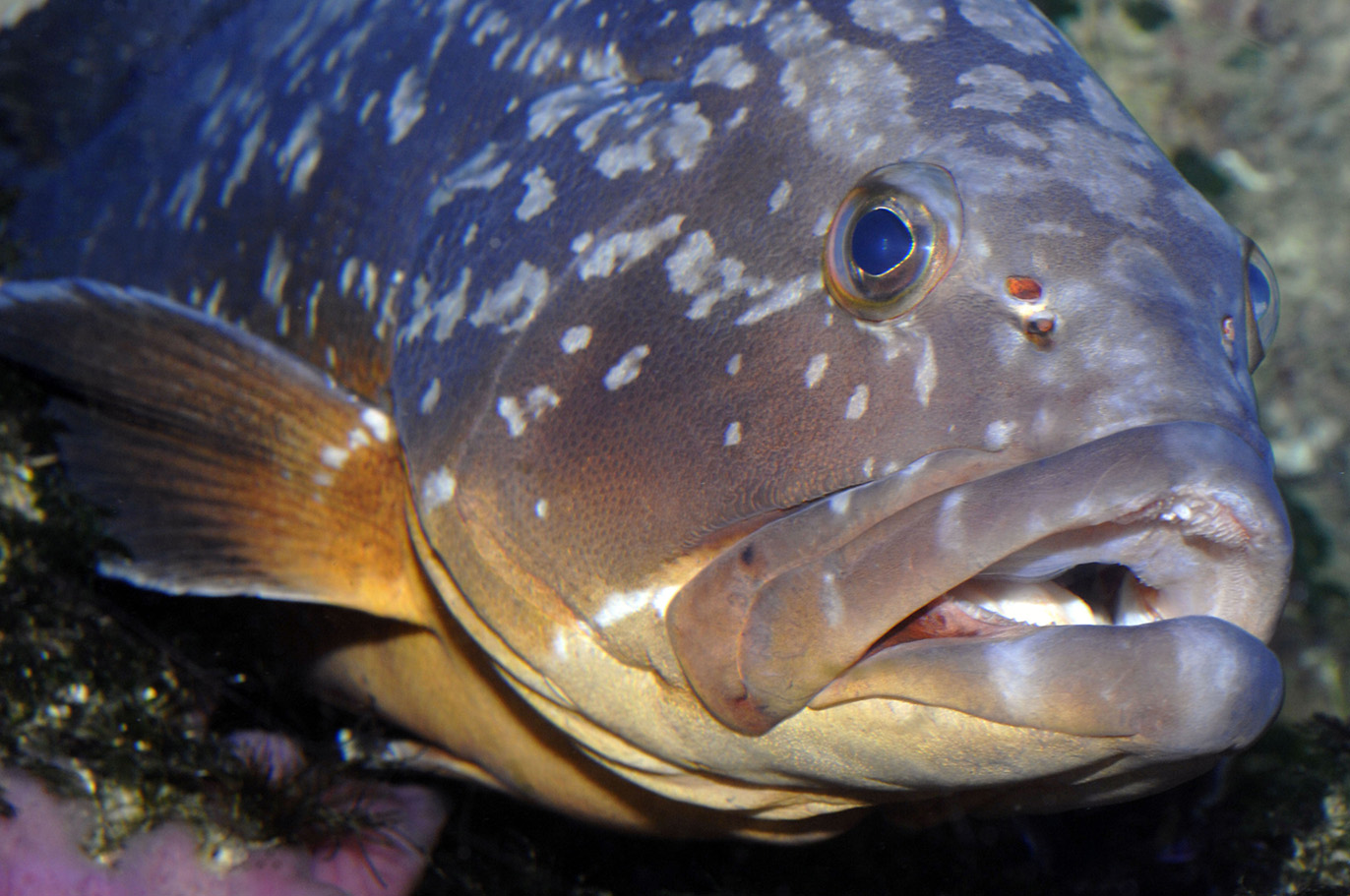
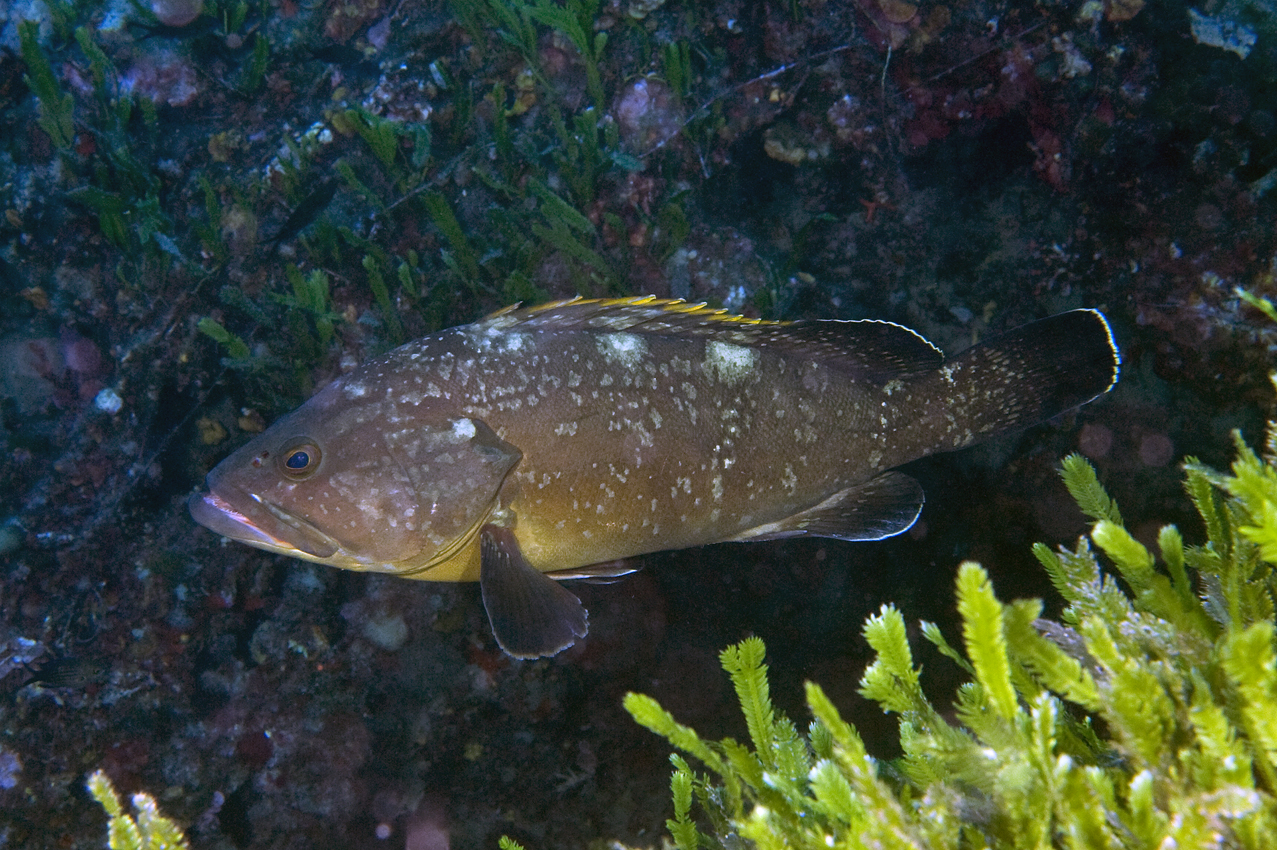
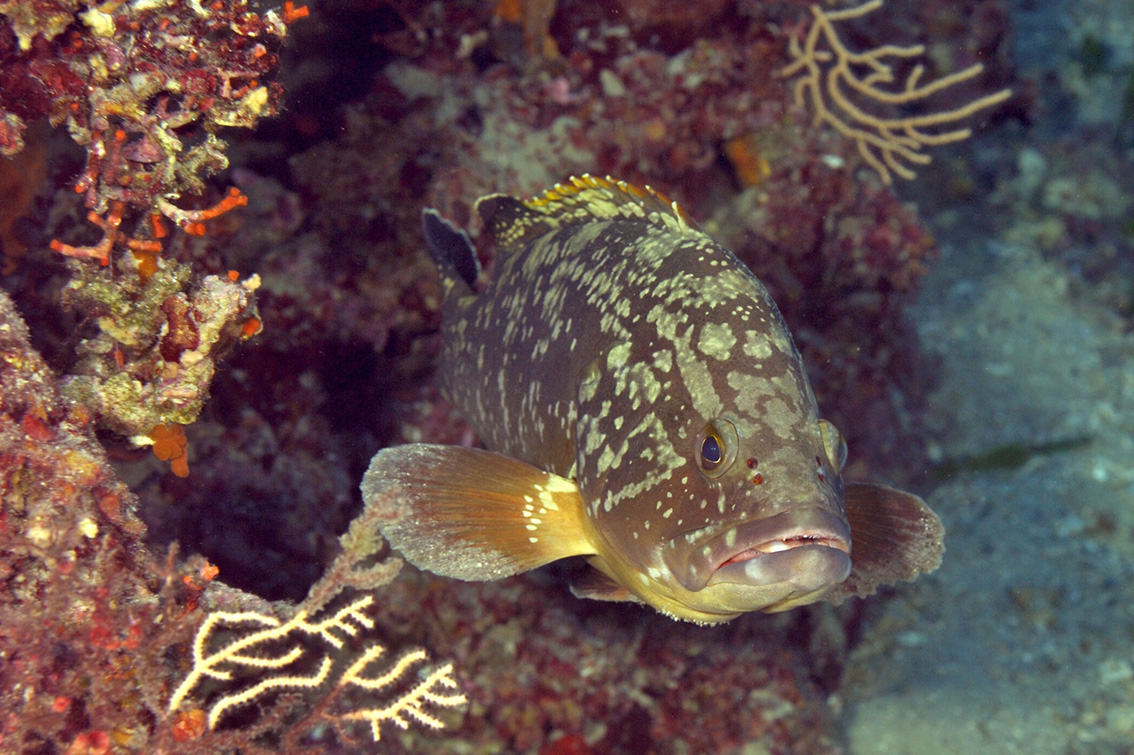
The protection of the grouper, it works!
The increasing scarcity of this fish has led France and the Principality of Monaco to adopt strong protection measures within the framework of international conventions (Berne, Barcelona). The
moratorium
established in mainland France and in
Corsica
since 1993 prohibits underwater hunting and fishing with hooks. Field studies show the effectiveness of these protection measures: young groupers are now present on all the coasts, and in the marine reserves the populations have recovered. But this comeback remains very fragile. The moratorium is to be reviewed every 10 years. The future of the grouper will therefore be decided in 2023. If hunting were to be allowed again, more than 30 years of effort could be wiped out in a few weeks!
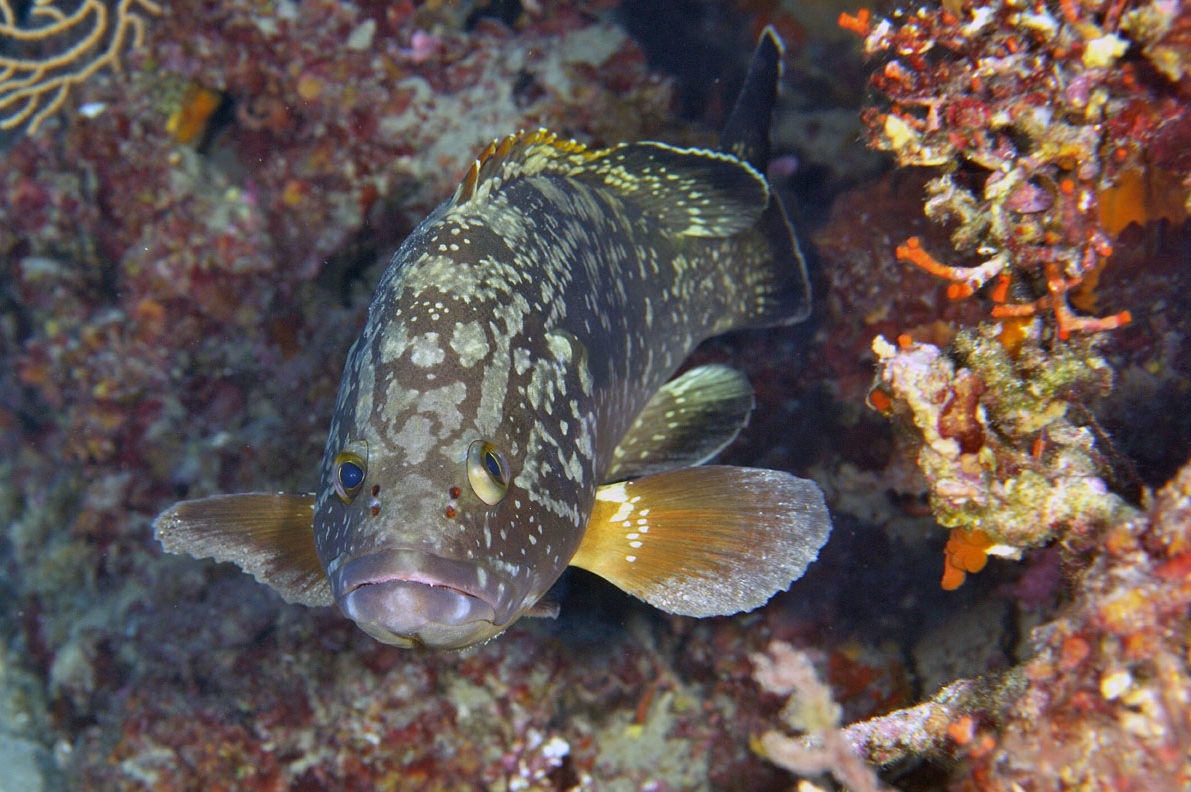
In Monaco, the Sovereign Order of 1993, reinforced by the
ordinance of 2011
prohibits all fishing and ensures the protection of the brown grouper as well as the corb, another vulnerable species. Thanks to this specific protection, to the Larvotto Reserve and to the presence of very favourable habitats and abundant food, the brown grouper is once again abundant in the waters of the Principality of Monaco, particularly at the foot of the Oceanographic Museum.
Did you know?
Why do we still find brown groupers on the fishmongers’ shelves? Simply because the use of nets to catch them is still allowed. Specimens imported from unregulated areas may also be offered for sale. It is up to us as consumers to avoid buying endangered species!
The Principality takes care of the groupers
Since 1993, under the control of the Environment Department,
the Monegasque Association for the Protection of Nature
assisted by the
Grouper Study Group
is carrying out a regular inventory of groupers in Monegasque waters, from the surface to a depth of 40 m, with the natural participation of the divers from the Oceanographic Museum. From year to year, the numbers observed increase (15 individuals in 1993, 12 in 1998, 83 in 2006, 105 in 2009, 75 in 2012). Large specimens of 1.40 m are now numerous and juveniles of all sizes are observed on the shallows.
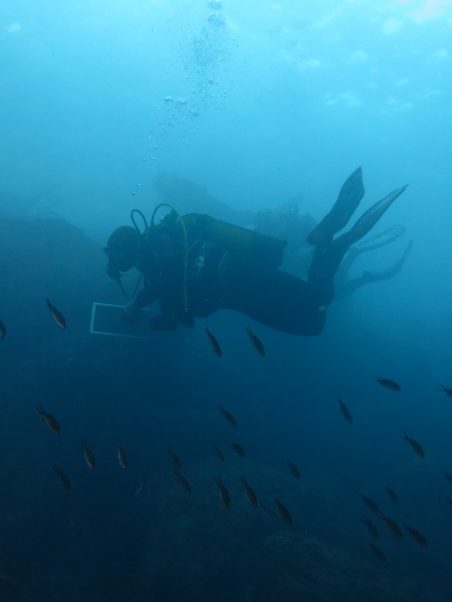
the oceanographic museum also gets wet...
The Museum also comes to the rescue of specimens in difficulty that are entrusted to it by fishermen or divers, as was the case at the end of 2018, with several individuals affected by a viral infection, already observed in the past on several occasions in the Mediterranean in Crete, Libya, Malta, and Corsica. With the Participate in activities created in 2019 to care for turtles and other species, these interventions are now facilitated. The cured groupers return to the sea to be in protected areas such as the Larvotto Underwater Reserve. Watch the video of the release of the young grouper “Enzo”.
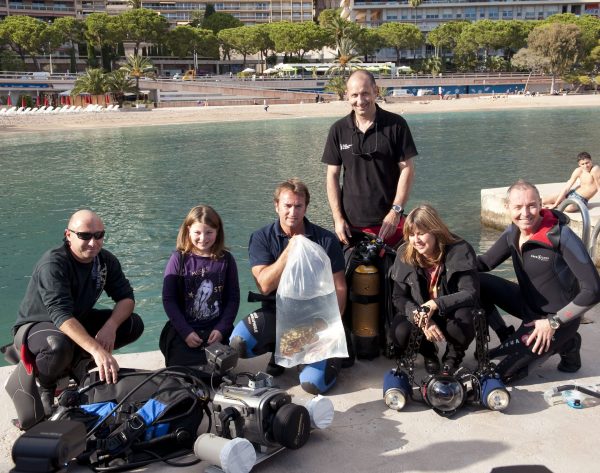
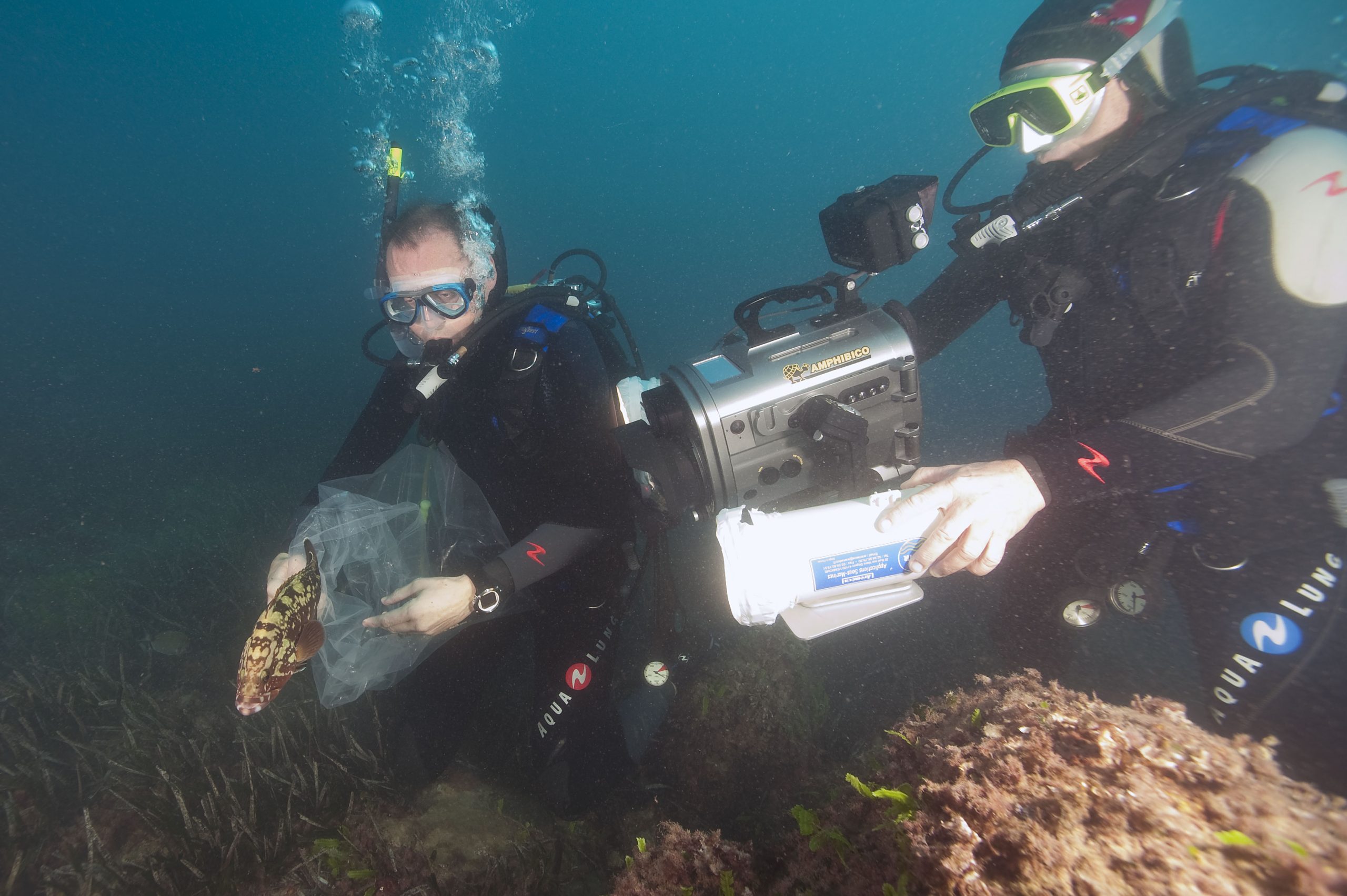
THE MEROU, STAR OF ALWAYS at the AQUARIUM
Many visitors discover this heritage species at the Oceanographic Museum. This is not new, since the Aquarium, then directed by Doctor Miroslav Oxner, was already presenting them in 1920! One of them, now in the Museum’s collections, lived there for over 29 years. 4 different species (badèche, brown, white and royal grouper) are now visible in the section dedicated to the Mediterranean completely renovated.
If the grouper intrigues visitors, it also inspires artists! Numerous objects bearing his likeness, both works of art and manufactured objects, can be found in the collections of the Oceanographic Institute!
In 2010, a grouper from the Museum was used as a model for the 100 Reais banknote issued by the Central Bank of Brazil, which is still in circulation today, and the Principality even dedicated a postage stamp to it in 2018!
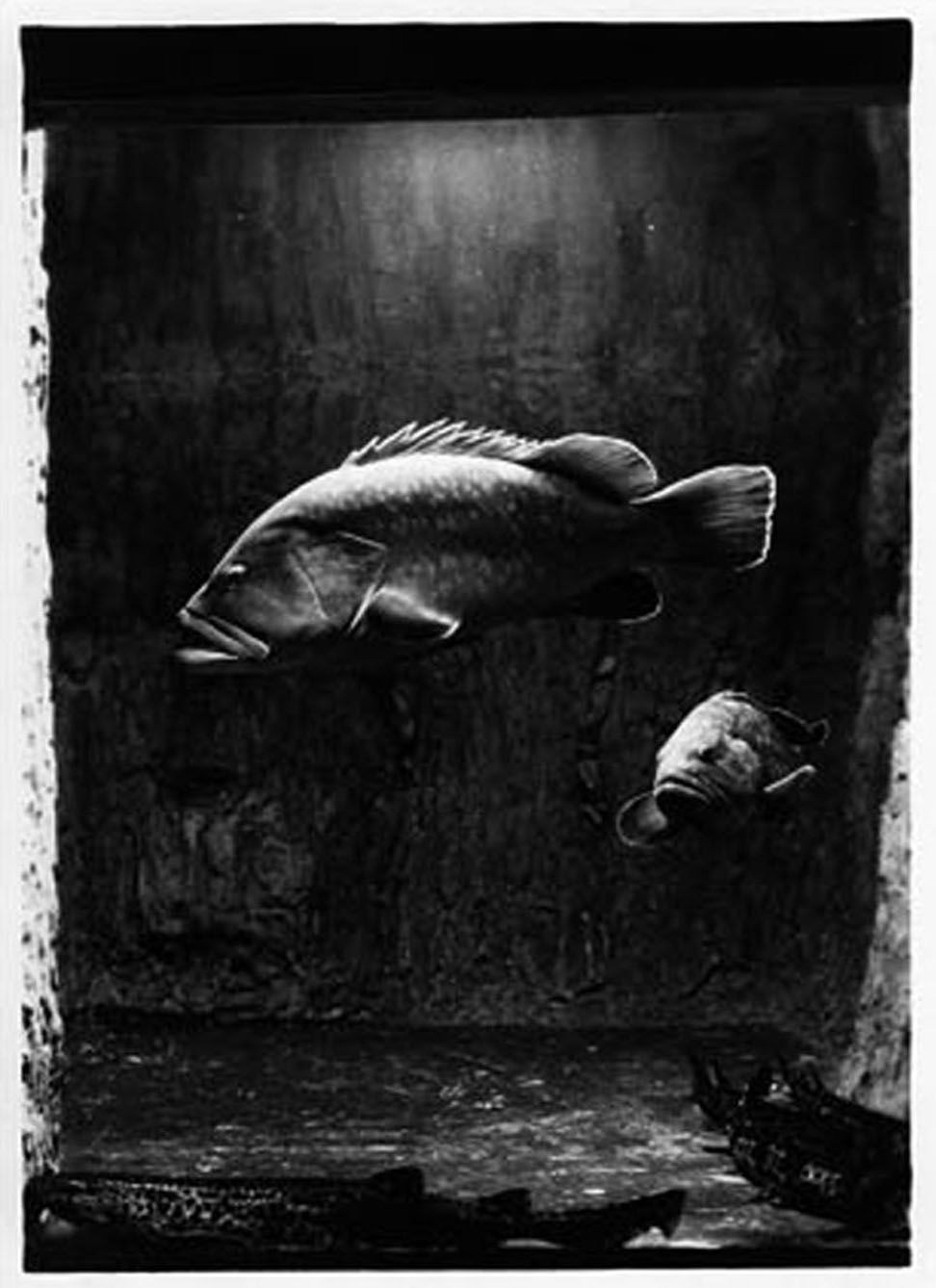
An asset for the blue economy, tourism and fishing...
Tourists come from far and wide to observe the underwater fauna and a “successful” dive is often one during which the brown grouper has been observed! Several studies show that a live grouper brings in infinitely more money during its existence than if it is caught to be consumed!
Brown grouper particularly thrive in effectively managed marine protected areas (MPAs), which provide important biodiversity conservation and economic development benefits. By protecting and restoring critical habitats (migration routes, predator refuges, spawning grounds, nursery areas), MPAs contribute to the survival of sensitive species such as brown grouper. Adults and larvae of different species living within an MPA can also leave it and colonise other areas, this is called Spillover. When the eggs and larvae produced in the MPA drift out, it is called Dispersal. Species with high market value (brown grouper, lobster, red coral) travel considerable distances, providing ecological and economic benefits in remote areas! Adult brown groupers stray one kilometre outside the MPA boundary. As for the larvae, they travel several hundred killometers!
See also
How does Monaco act in favour of bluefin tuna?
Since 2008 and under the impetus of H.S.H. Prince Albert II of Monaco and his Foundation, the Principality of Monaco has been mobilising its forces to alert world opinion and attempt to safeguard this great migratory bird emblematic of the Mediterranean.
Bluefin tuna is so powerful, yet so vulnerable to the financial interests it generates. Since its creation, the Prince Albert II of Monaco Foundation has worked to safeguard the species and made Monaco the first State to request international protection for this species. Thanks to the Principality's political action and the worldwide repercussion it has had, the quotas proposed by the scientists have been respected and the stocks have begun to consolidate. This emblematic fish of the Mediterranean is therefore representative of the power of Man to regulate fisheries to ensure a sustainable stock and the survival of a species. Although the situation of bluefin tuna seems to be just beginning to recover in the Mediterranean, the species is still vulnerable. It is therefore essential to remain cautious and vigilant, to combat illegal fishing, and to ensure that the advice of scientists is always followed, even if it differs from economic interests. The "fight" is never won and the memory of Man fades in front of the gain, we must continue our efforts so that this lord of the ocean continues to populate our beautiful Mediterranean.Philippe Mondielli, Directeur scientifique de la Fondation Prince Albert II de Monaco
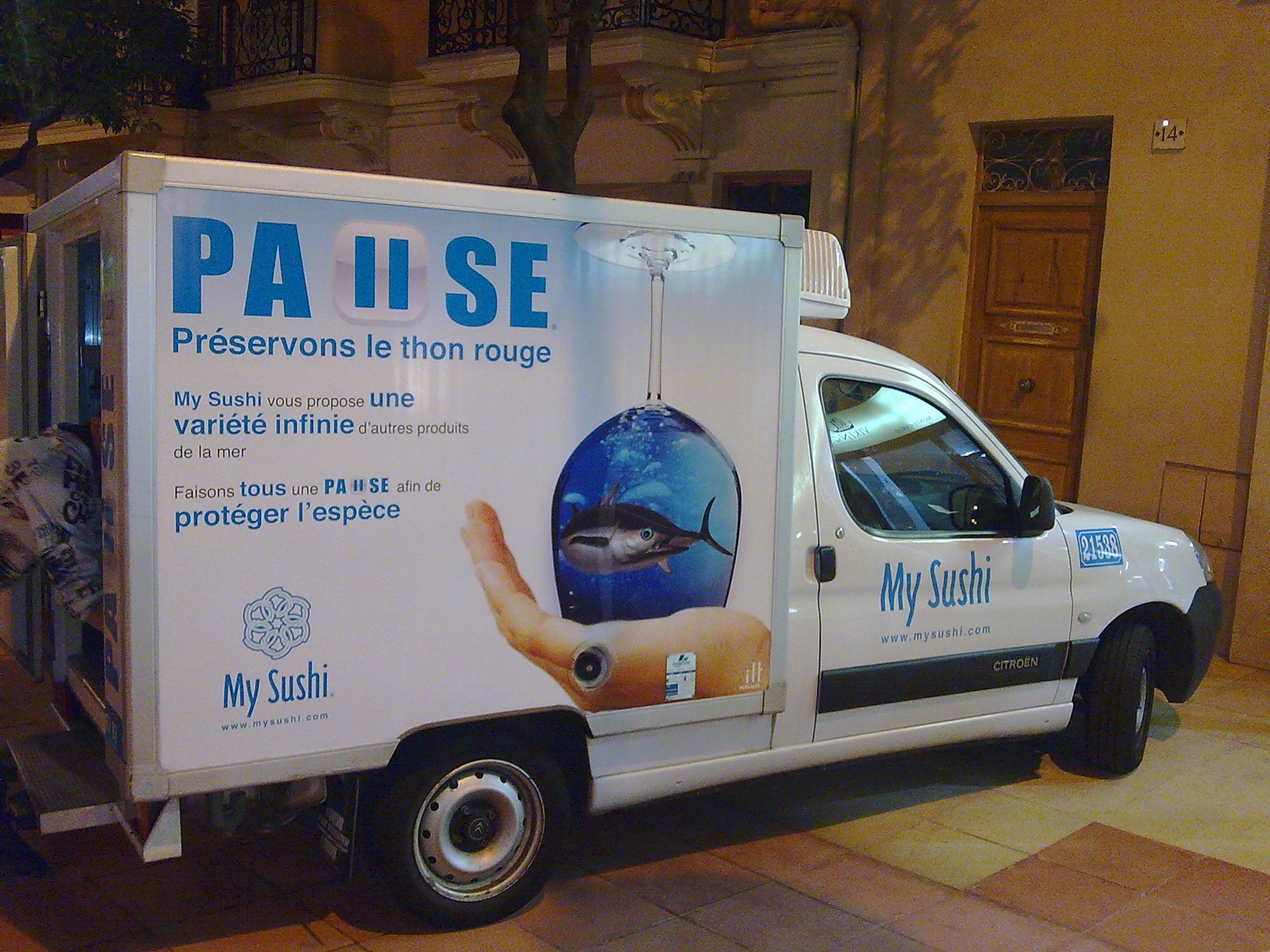
A moratorium to set an example
In 2008, a moratorium on the consumption of bluefin tuna from the Eastern Atlantic and the Mediterranean, initiated by the
Prince Albert II Foundation
and the Monaco Sustainable Development Association (MC2D), was set up in the Principality, in collaboration with restaurants, retailers and supermarkets. Thanks to this totally unprecedented national consensus, the Principality is setting an example; bluefin tuna is no longer offered for sale in Monaco, including in sushi restaurants!
CITES listing attempt moves the needle
In 2009, at the 15At the session of the Conference of the Parties in Doha (Qatar) in March 2010, the Principality (together with France) launched a procedure for listing in Appendix I of CITES which, if adopted, would have had the effect of banning international trade in bluefin tuna.Eastern Atlantic and Mediterranean. Although not adopted, the proposal raised awareness of the world public opinion far beyond the borders of Monaco and contributed to the decision of ICCAT to reduce fishing quotas.
From 2011 to 2019, Monaco shall suspend catches (professional and recreational fishing) in waters under national jurisdiction.
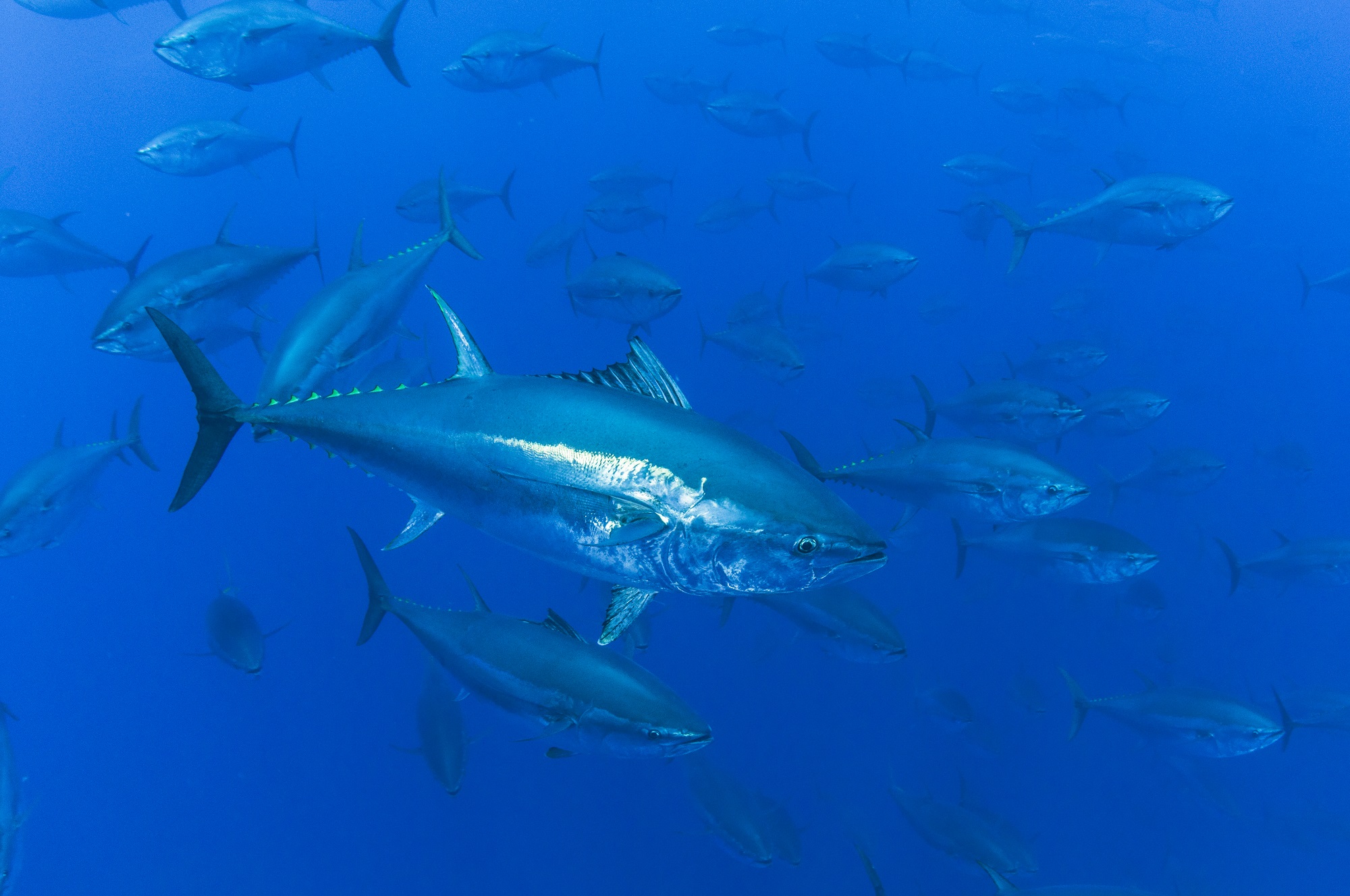
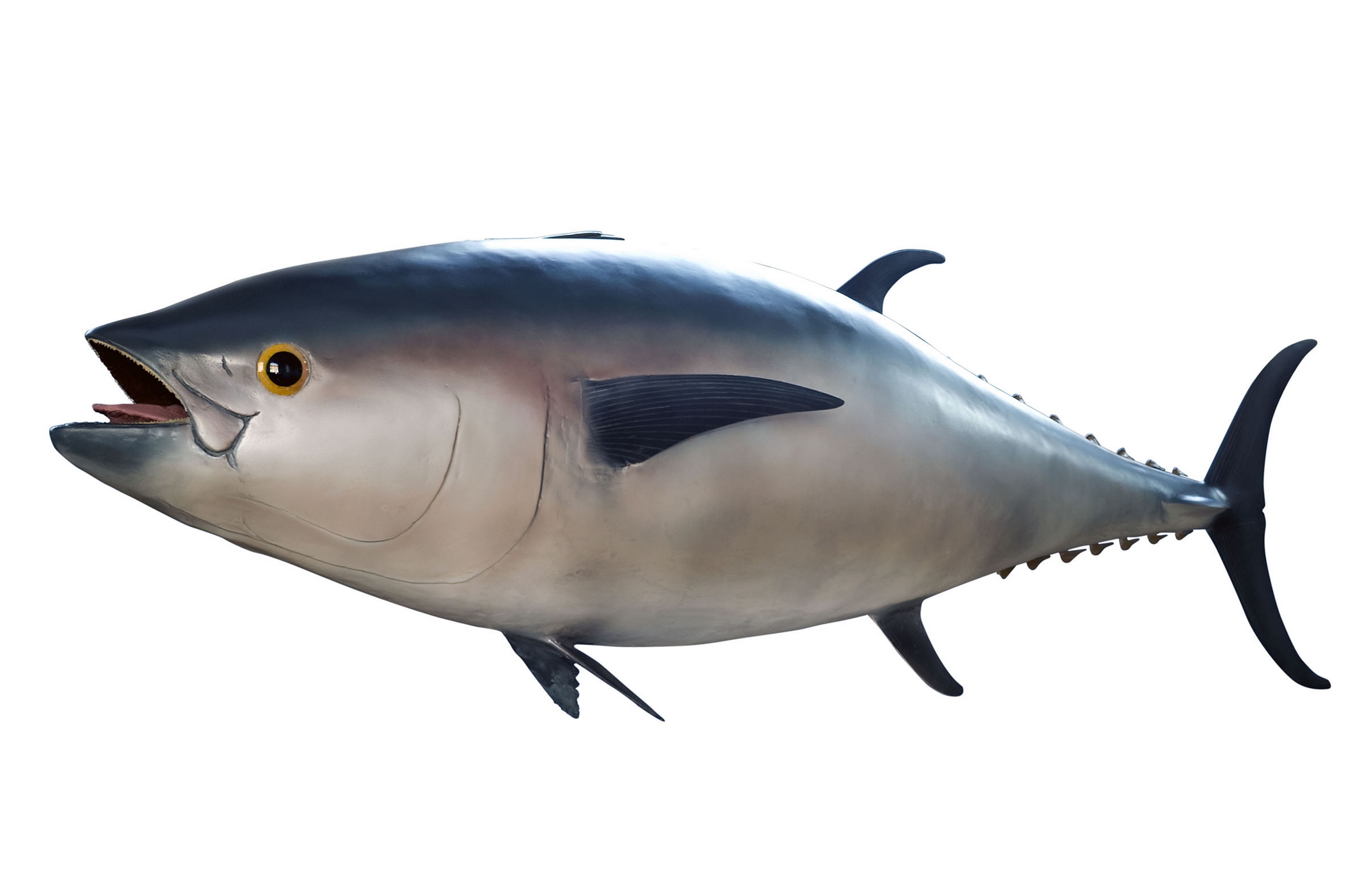
From science to consumer awareness...
Since 2008, in partnership with the WWF, The Prince Albert II Foundation supports numerous programmes aimed at the sustainable and long-term management of populations (and no longer at the temporary replenishment of stocks) by following several lines of work: understanding the movements and behaviour of this great migratory species in order to have a better knowledge of stocks and to define reasonable quotas, preserving reproduction areas (spawning grounds) thanks to sanctuaries in the high seas or other marine protected areas, fighting against illegal fishing, developing responsible fishing techniques and consumption habits (thanks to Mr.Goodfish ), favour artisanal and local fishing.
The Foundation also supports a
Bluefin tuna tagging program
by satellite beacons in collaboration with the
Monte Carlo Sea Fishing Federation
o
in the sanctuary
Pelagos
an area where very little data exists. The data are transmitted to ICCAT and contribute to the estimation of stocks and the determination of quotas to ensure a sustainable bluefin tuna fishery.
Echoing the actions of its partners in the Principality, the Oceanographic Institute uses the example of bluefin tuna to inform and mobilize the general public about the challenges of global fishing and the disappearance of large marine predators. Professor François Doumenge, an eminent bluefin tuna specialist and director of the Oceanographic Museum from 1989 to 2001, has published numerous scientific and popular works on the subject, including “
The history of tuna fisheries
“in 1998. The subject is the subject of conferences such as “Bluefin Tuna: History of Overfishing and Recovery”.
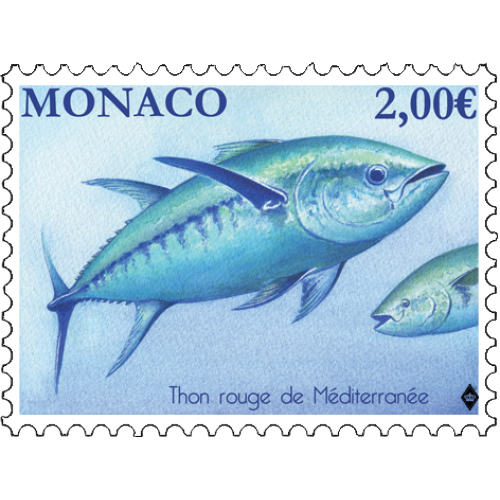
How are bluefin tuna caught?
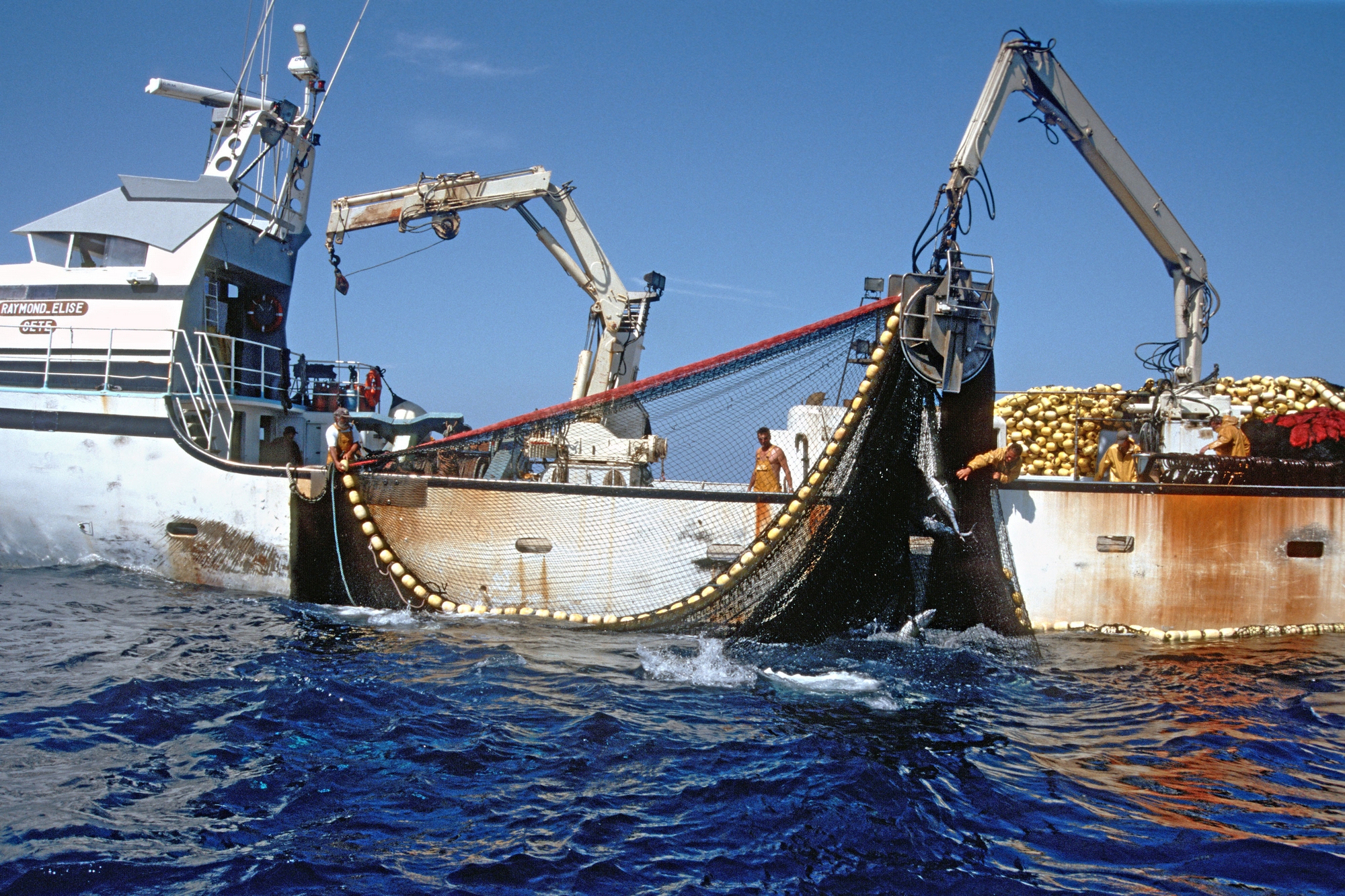
Highly effective capture techniques
Bluefin tuna are caught by trawl, hook (handline, troll, longline) or in “traps” (fixed traps near the coast) but they are mostly caught by tuna seiners. In the Mediterranean, more than 90% of bluefin tuna catches are made using this method. These hypersophisticated, powerful and fast industrial fishing vessels (speeding at 16 knots or 50 km/h) are capable of detecting shoals thanks to state-of-the-art electronics (radar, sonar). They deploy the “seine”, a gigantic net dropped in an arc that can cover up to 20 hectares at sea, and catch the quota allocated to them in just a few days.
This method raises questions because it targets large individuals that come to breed in specific areas (especially around the Balearic Islands, Sicily and Malta) over short periods (mid-May to mid-July). Not only does it literally “empty” the marine environment, but it also harms non-targeted and highly endangered species (manta rays, turtles, sharks, cetaceans), especially since many tuna vessels use fish concentrators. (FADs), intelligent floating systems that attract fish and remotely inform vessels of the amount of fish present. In this case, by-catches may represent 5% of the fishery.
A fishery considered unfair
In the Mediterranean, many consider industrial seine fishing to be unfair, with a few large vessels sharing out almost all the quota to the detriment of small vessels which are now demanding greater access to the resource.
Bluefin tuna is also subject to a recreational or sport fishing (when you are affiliated to a federation), which is extremely well regulated, with a ban on the sale of fishing products. For the year 2020, the quota allocated to recreational fishing in France is 60 tonnes. In Monaco, the conditions for catching bluefin tuna are laid down by
sovereign ordinance
.
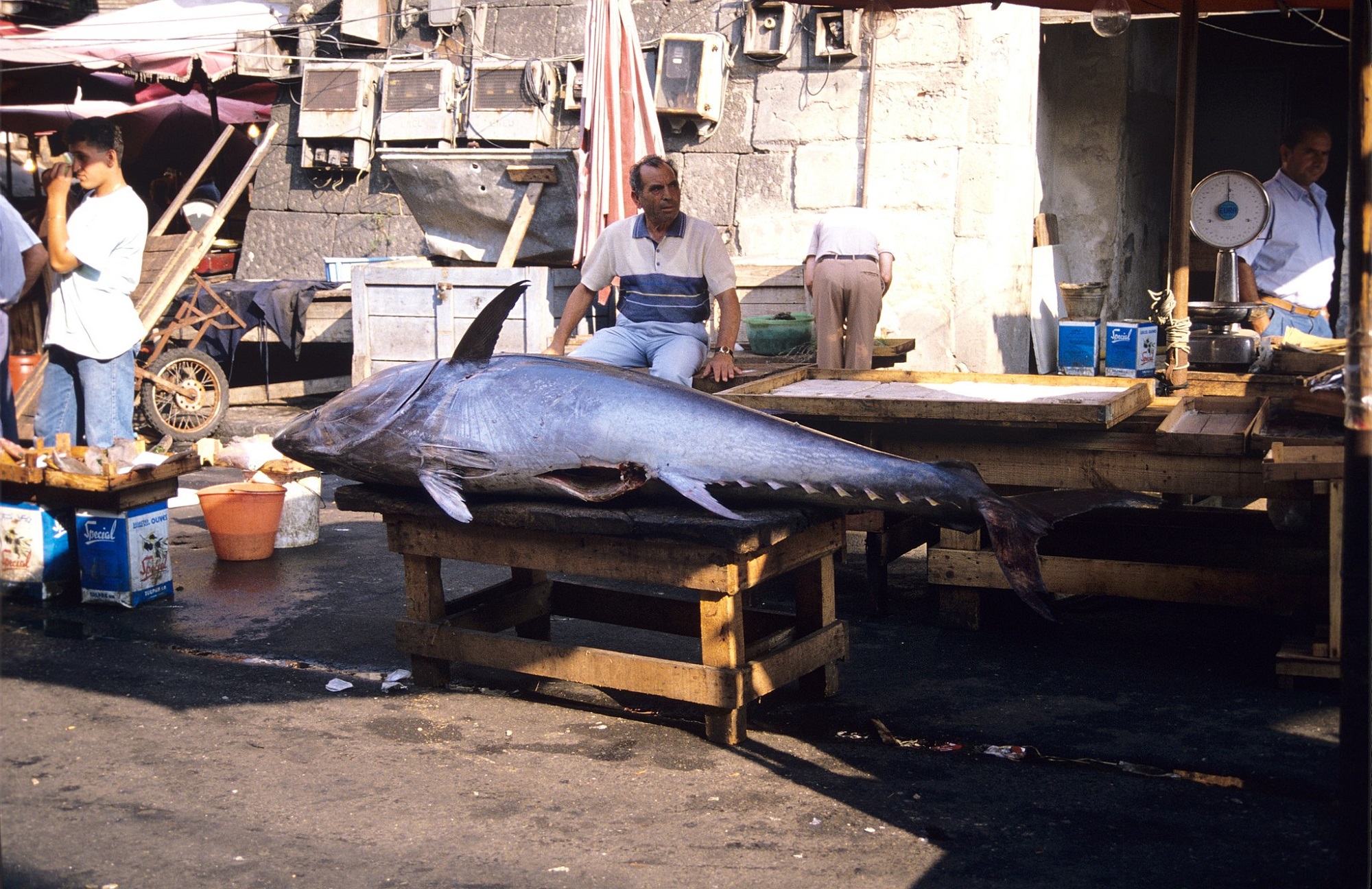
A traditional fishing scene immortalized by Rossellini
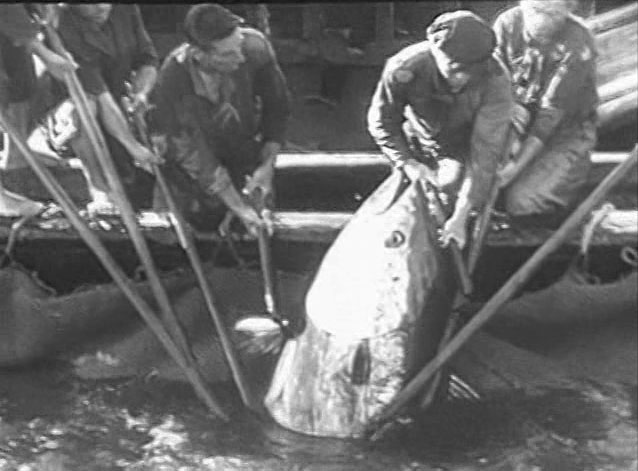
Rana
The sea turtle ambassador
In 2014, Rana was still just a baby loggerhead, one of seven species of sea turtles on the planet. Found stranded in the port of Monaco, she was barely saved by the Oceanographic Museum team. Today, fully recovered, Rana travels the oceans. Becoming a symbol of the sea turtle cause, her story helped inspire the creation of a turtle care centre at the Oceanographic Museum in Monaco.
Le fabuleux destin de Rana la tortue
The story begins on April 9, 2014: a young loggerhead turtle is found in hypothermia in the port of Monaco while still a baby.
Weakened, dehydrated and close to death, she measures barely ten centimetres.
She was then entrusted to the teams of the Oceanographic Museum of Monaco who took care of her and provided her with the necessary care for her survival.
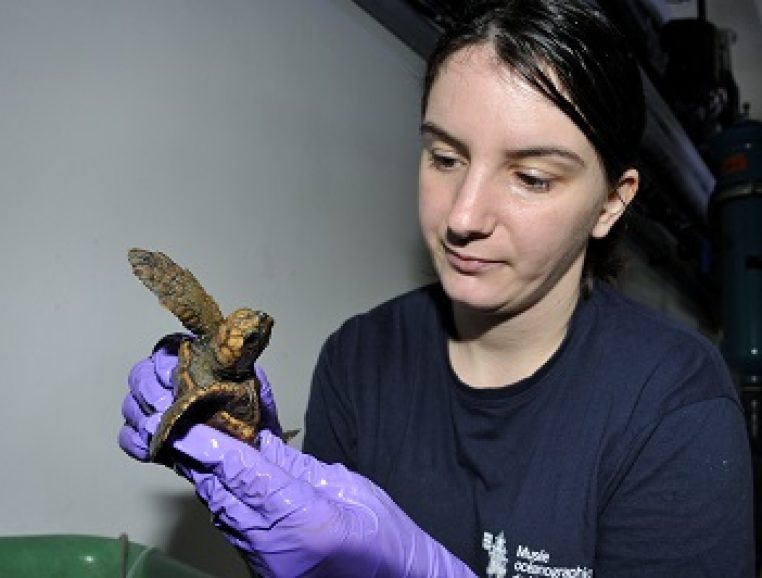
Four years and 23 kg later
Named Rana, after her godmother, a young student with a passion for marine biology, the turtle has regained its strength over the years and is developing in the best possible conditions.
As of April 2018, four years after her discovery in the port of Monaco, Rana measures 53 centimeters and weighs over 20 kilograms.
See also
Are there any whales in the Mediterranean?
The answer is yes! There are several thousand whales living in the waters of the Mediterranean. It is even not uncommon to see their breath from far away, on crossings to Corsica, for example. Take note, however: human activity is a source of disturbance for this giant mammals, and leaving them in peace is important.
MAMMALS OR WHALES?
There are about ten species of marine mammals in the Mediterranean. Dolphins, of course (common, blue and white, Risso’s, Bottlenose dolphin), but also pilot whales, ziphiuses and some monk seals.
More imposing, the sperm whale and the fin whale are also present in the waters of the Grande Bleue. But by the way, which of them are whales?
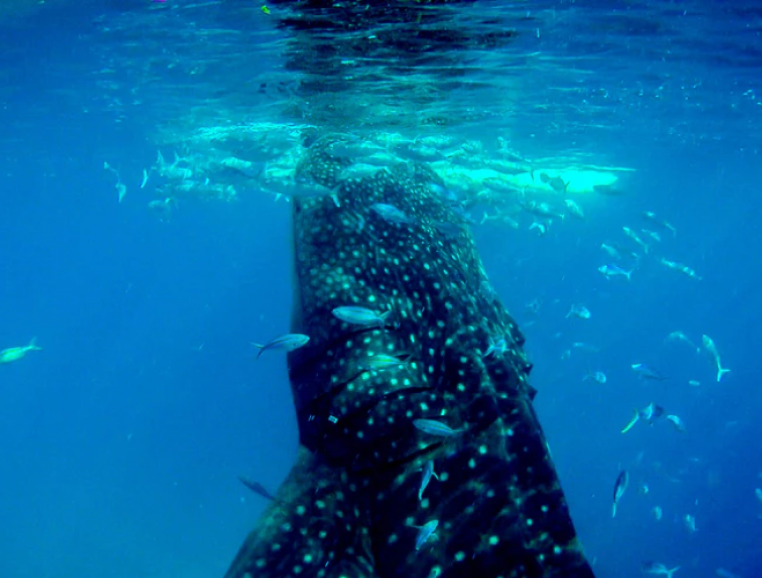
Baleens or teeth?
In common parlance, we tend to refer to all large cetaceans as “whales”. However, only “baleen whales” (mysticetes) are really whales.
The fin whale (up to 22 metres and 70 tonnes) is the main baleen whale in the Mediterranean.
It rubs shoulders with numerous “toothed cetaceans” (odontocetes), the largest of which is the sperm whale (up to 18 metres and 40 tonnes).
Despite its imposing stature, the whale is not strictly speaking a whale, and belongs to the same family as orcas, dolphins, pilot whales, porpoises, etc.
A GIANT OF THE SEAS
The fin whale is the second largest mammal in the world, behind the blue whale.
Although it is still difficult to assess its population precisely, it is estimated that a thousand individuals live in the protected area of the Pelagos Sanctuary, whose purpose is to protect marine mammals in the western Mediterranean, between France and Italy.
The fin whale feeds mainly on krill, small shrimp that it traps in its baleen plates in large quantities. It is capable of diving to depths of over 1,000 metres.
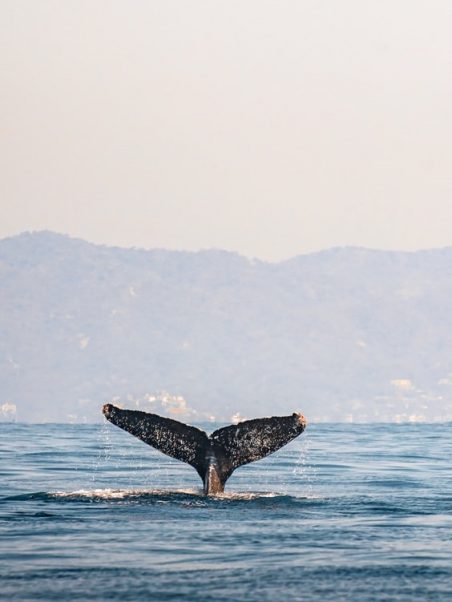
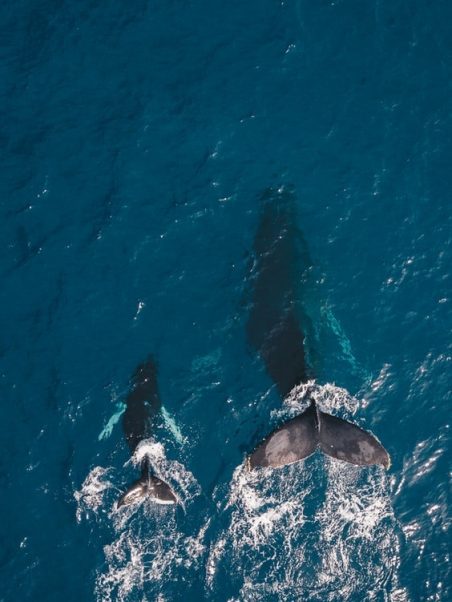
RISKS OF COLLISION
Within the Pelagos Sanctuary, small pups (about 6 metres and 2 tonnes) are born every year in the autumn.
They can live up to 80 years, if their trajectory does not meet that of the fast ships frequent in summer and which they do not seem to be able to avoid when breathing on the surface.
As with sperm whales, this is currently the main risk of accidental death for them. Hence the interest in techniques developed in partnership with certain shipping companies to equip boats with detectors and prevent collisions with these large mammals.
See also
THE SHARKS
Threatening or threatened?
Sharks: from myth to reality
The mention of the animal is still frightening and very unpopular. A person who is ruthless in business is often referred to as a “shark”! However, beyond the mythical image of the shark, the reality is quite different.
Overcome your prejudices about sharks !
In 2013, the Oceanographic Institute’s ” Sharks, Beyond the Misunderstanding”program aimed to change the way people look at sharks. Conferences at the Maison des océans in Paris gave the public the opportunity to talk with leading specialists and shark lovers who came to talk about their exceptional experience of living close to these great predators.
The book ” Sharks, beyond the misunderstanding ” takes stock of these super predators with a terrible reputation.
The ecology of sharks: remarkably adaptable
A fin suddenly breaks the surface before diving as a bather approaches… This is a sight that is enough to empty the most crowded beach in a few seconds. A representation engraved in our imagination, which crystallizes all our fears.
Always on the lookout for prey that will have little chance of escaping their vigilance, outrunning them or resisting their impressive jaws, sharks have the reputation of being the most ferocious of marine animals, and man’s “best enemy”.
The image of the super-predator has haunted us for centuries. The cinema as well as the media are there to terrorize even the most marine among us. The reality is not so caricatured. These fish, much less dangerous than we think, are no less fascinating.
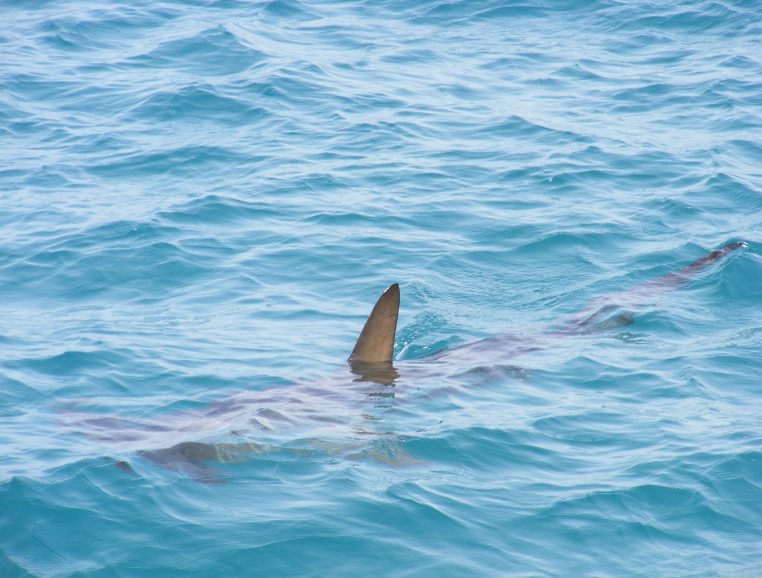
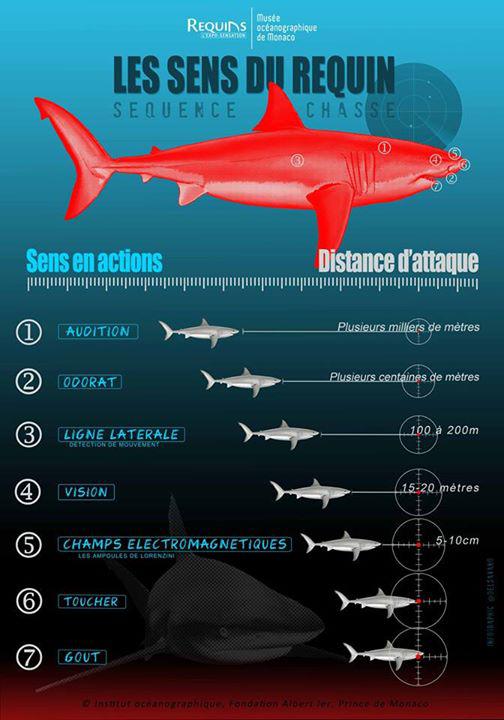
Shark attacks: leaving your preconceptions behind
To detect prey, the shark is equipped with a number of organs and sensory sensors that allow it to orient itself and move, making it an efficient predator.
It is not one sense in particular that gives the shark the advantage, but rather the complementarity and synergy between them all. Depending on the environmental conditions, they will be useful at different times.
The sense of smell is effective over a few tens of kilometres, to detect prey at a distance; vision allows the preparation of an attack over a few tens of metres, and the detection of electric fields allows the exploration of the surroundings within a radius of two metres.
The super powers of sharks
Do sharks have ears?
Do sharks have good eyesight?
Sharks do not have ears as such, but pores on the top of the head.
In the absence of an eardrum, the whole body acts as a receiver of sound vibrations which are then transmitted to the inner ear.
The latter is particularly powerful and governs not only hearing but also balance and orientation.
Sharks are sensitive to low, or even very low, frequencies, which propagate best in an aqueous environment.
Often hampered by the turbidity of the water, sight is perhaps the sense least used by sharks in searching for and detecting prey.
In general, it is the contrasts that they distinguish particularly by twilight vision.
The glow that can be seen in the eyes of the great white at dusk or in semi-darkness is due to the presence of a kind of reflector, the tapetum lucidum (Latin for “shiny carpet”) which improves vision in low light.
The sense of smell, a very powerful sense
The ampoules of Lorenzini
The sharks smell “in stereo” and detect where the smell is coming from, and trace it back to its source for about ten kilometres. They are sensitive to dilutions, for blood, of the order of one centilitre (the value of a thimble) diluted in 100,000 litres of water.
These are tiny pores scattered around the eyes and mouth, which detect the weak electrical currents produced by living things (even those buried in the sand), as well as variations in water temperature and salinity.
The sensation of touch in sharks
The lateral system, a specific sensor
The highly developed sense of touch is similar to a kind of “skin taste” made possible by the presence of sensory crypts all over the body. These receptors, distributed throughout the body, allow the shark to appreciate the environment in which it is moving.
A simple touch is enough to tell the shark if the prey it is considering is suitable. That’s why he sometimes just shoves without biting.
The strength of the animal and the roughness of the skin make this contact dangerous.
But it also has a “real” taste, via the taste buds, also called “barrel organs”, which line its oral cavity
Sharks do not perceive their prey by smell alone.
Like other fish, they have thousands of pores along a line from head to tail that are sensors for pressure and mechanical vibrations.
The presence of these organs explains why sharks react so immediately to sounds produced in the water by blows or colliding objects.
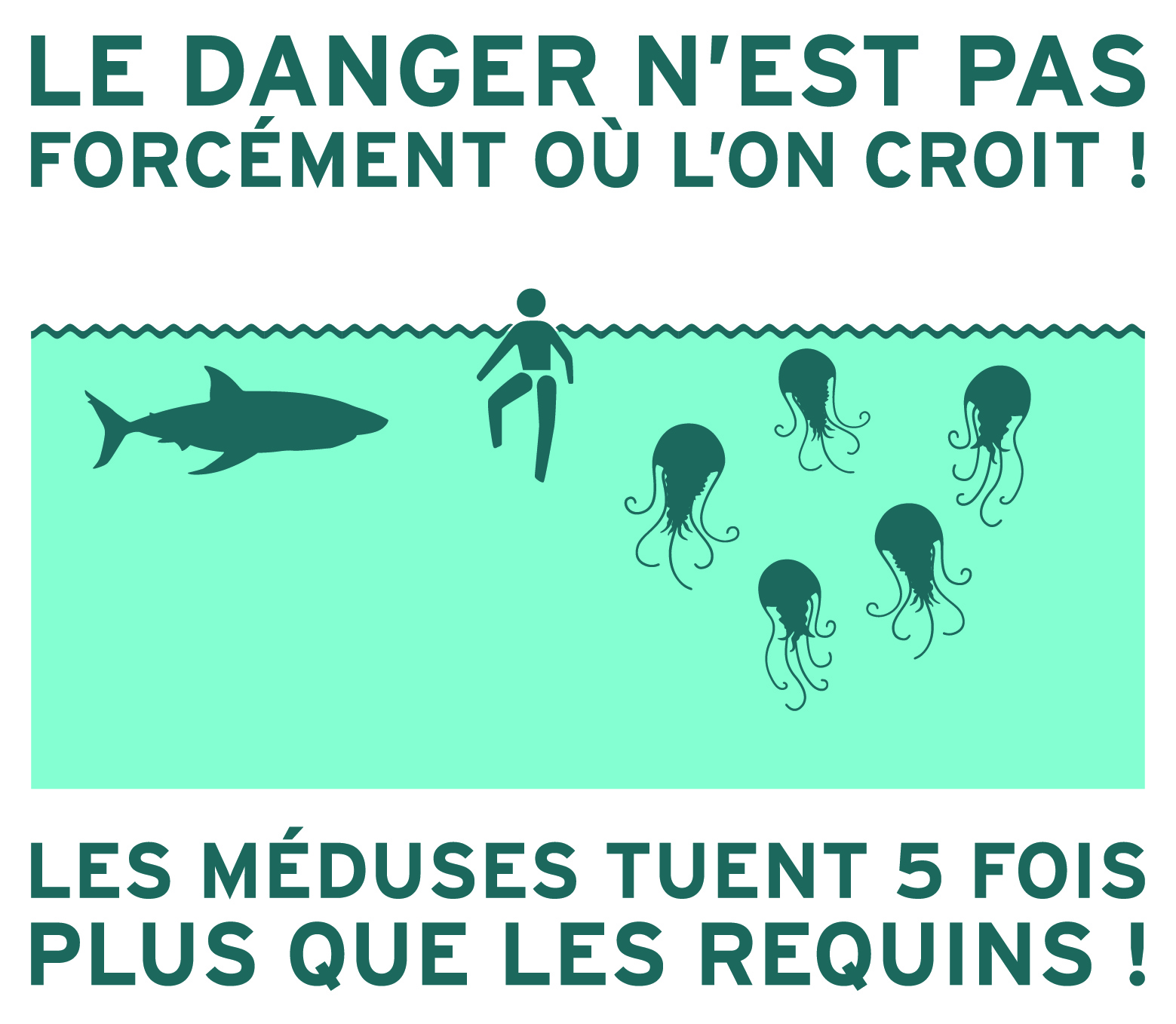
Are all shark attacks fatal?
It is not known why sharks sometimes attack humans. A misunderstanding or a defensive reaction is often cited. It is also possible that the shark may see humans as potential prey, even if they are not part of its usual diet.
Given the size and strength of a human being and a shark, a bite, even if it is the result of a mistake, can be serious and even fatal for the victim.
The few dozen attacks that occur each year around the world do not always result in death. In terms of dangerous animals, mosquitoes are the most dangerous serial killers. Even dogs, which are domestic animals very close to humans, kill more than sharks.
Attacks under high surveillance
The first global shark attack file, theInternational Shark Attack File (ISAF), was created in the United States in 1958.
Developed by a group of scientists at the request of the U.S. Navy, its objective was to investigate the respective roles of environmental factors and victim characteristics in triggering attacks.
The impact of shark accidents on the tourism industry has led to the creation of new research structures and databases: the Australian Shark Attack File in Australia and the Natal Sharks Board in South Africa, which now make it easier to compare shark attack figures.
In 2013 and 2014, under the impetus and chairmanship of H.S.H. Prince Albert II of Monaco, the Oceanographic Institute organised two international expert workshops on sharks to create a ” Shark Risk Toolkit “. Its objective: to bring together existing solutions around the world to protect against shark attacks, while putting into perspective the reality of the risks incurred by humans.
Protecting and conserving sharks: a worldwide emergency
Sharks are victims of fishing and bad practices. The industrialization of fishing and man’s voracious appetite for shark products mean that 50 to 150 million of these animals are killed each year by man.
The late sexual maturity of sharks and the low number of offspring are limiting factors in the renewal of their populations, and today shark populations are clearly threatened.
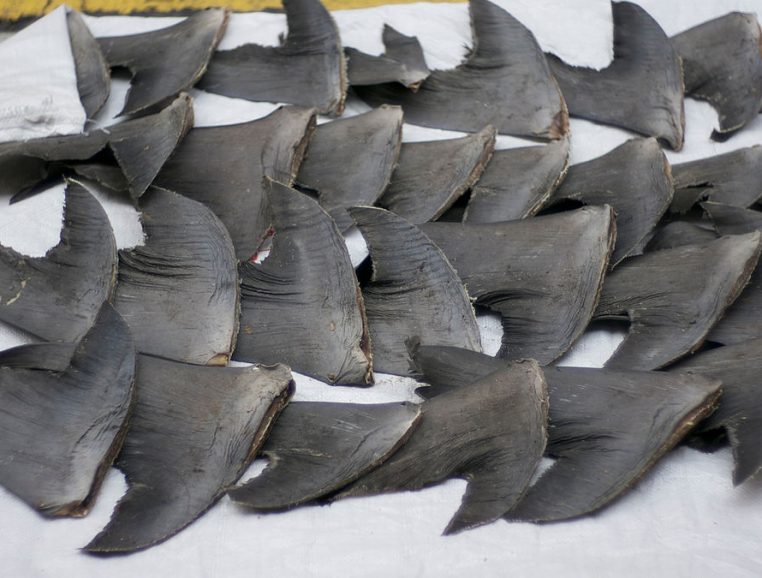
The horror soup
More than two-thirds of sharks are harvested solely for their fins. To satisfy the growing demand, some fishermen have found an extremely profitable solution, which consists in cutting off the fins on the spot and throwing back into the sea an animal that is condemned to death anyway. This is called “finning”.
Of the 100 million sharks killed each year, 73 million are killed for soup. Some countries prohibit this practice at sea and force fishermen to bring whole sharks back to port, in an attempt to limit the slaughter and not waste this resource.
Shark fin soup is a popular traditional Chinese dish with supposedly aphrodisiac properties. Long reserved for celebratory meals in Hong Kong, where 89% of the population serves it at wedding feasts, it became available to millions of people in the 1990s, following the Asian economic boom.
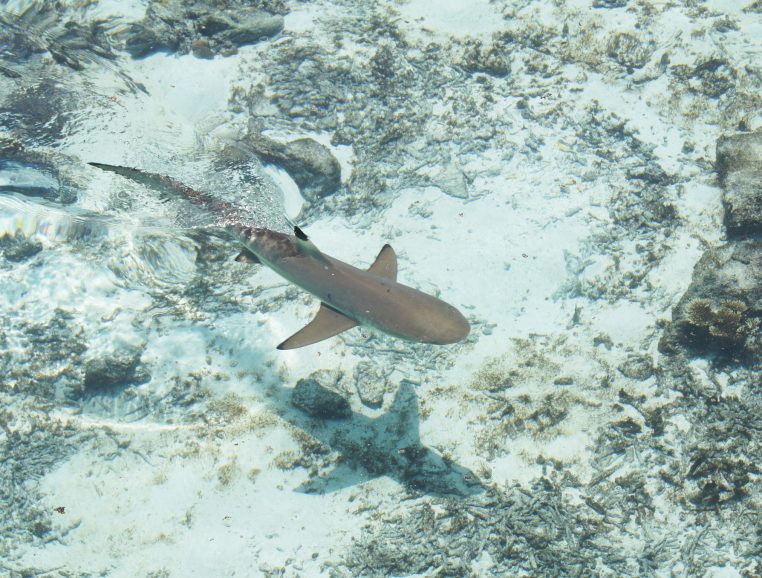
Sharks, essential to the balance of the oceans
Sharks are the keystone of marine ecosystems, ensuring their balance and resilience.
If sharks were to become extinct or scarce, ecosystems would be disrupted and many other species would be threatened by a “cascade effect”.
When a predator disappears, its usual prey grows rapidly and in turn increases the pressure on its prey.
The entire ecosystem is disrupted by the disappearance or depletion of top predators, including the various species of commercial interest.
The fishing industry may therefore suffer from a cull that it caused.
Shark and carbon storage
It has recently been recognized that cetaceans and large pelagic fish such as sharks and tuna play an important role in the climate change issue because of the biomass they represent.
Containing 10 to 15% carbon in their flesh, they sequester a lot of carbon in the ocean. When they die by natural mortality, old age or are eaten by predators, the carbon they contain is recycled into living matter or buried at the bottom of the ocean, sequestered for thousands, even millions of years.
However, when they are fished and extracted from the ocean, the carbon is then put into circulation on the surface of the planet and ends up as CO2, contributing to the greenhouse effect. To this must be added the large quantities of CO2 released by the fishing activities themselves, which are carried out in ever more remote locations.
To combat climate change, some experts advocate restoring fisheries and apex predators, i.e. stop fishing them and just leave them in the water.
Shark protection and conservation: a global emergency
In the past, it was considered that a good shark was a dead shark!
Recent research has highlighted the ecological role of sharks in marine ecosystems.
As predators at the top of the food chain, sharks regulate the prey populations on which they feed.
Overexploitation of these top predators has cascading effects in the food chain that are detrimental to the ecosystem and to fisheries, as it can lead to an outbreak of species undesirable to humans.
Because of their regulatory role, sharks are increasingly being incorporated into fisheries management plans.
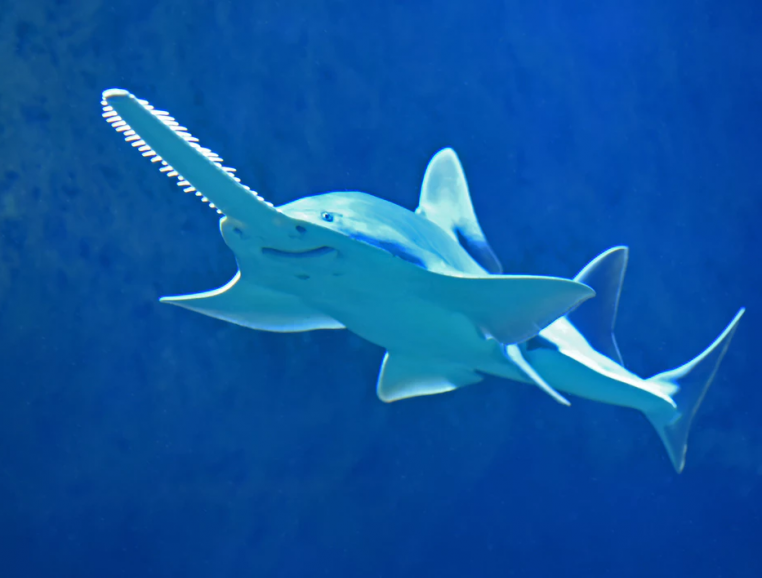
See also
Coral reefs: solutions for now and for tomorrow
Save the coral reefs
On the occasion of the 3rd International Year of Coral Reefs (IYOR2018), the Oceanographic Institute of Monaco co-organised a symposium at the Maison des Océans in Paris. The workshop focused on the latest knowledge and research on these environments and on solutions to try to halt their decline.
This symposium, which took place on 20 June 2018, was organised by the Foundation for Research on Biodiversity (FRB), the Oceanographic Institute of Monaco, CRIOBE, the Platform Ocean and Climate (POC) and the French Initiative for Coral Reefs (IFRECOR).
Status report, pressures and threats
Its preliminary objective was to take stock of the services provided by corals and their ecosystems, their state of health and the threats they face. It then continued with two round tables bringing together scientists, managers and civil society actors around two major themes. On the one hand, how to mobilize and adapt governance to implement new tools for better protection of spaces and species. On the other hand, to exchange on the latest scientific knowledge concerning the functioning of coral reefs and innovative management solutions to develop them on a larger scale.
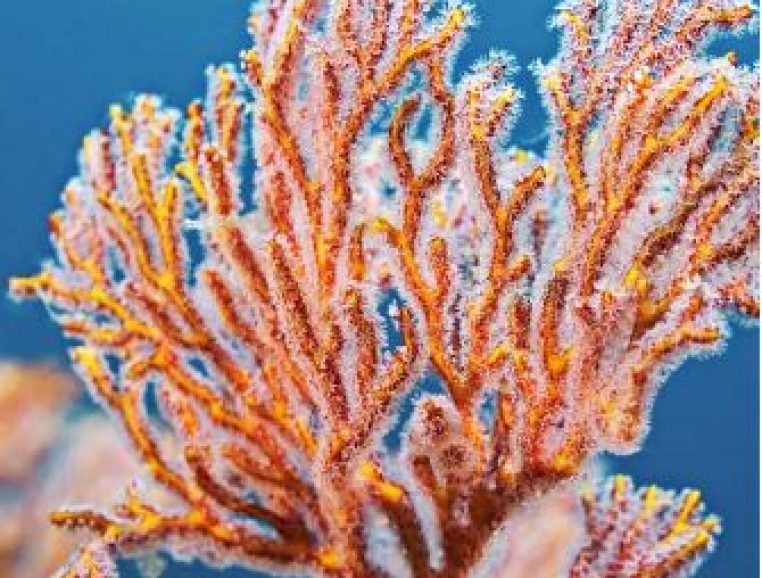
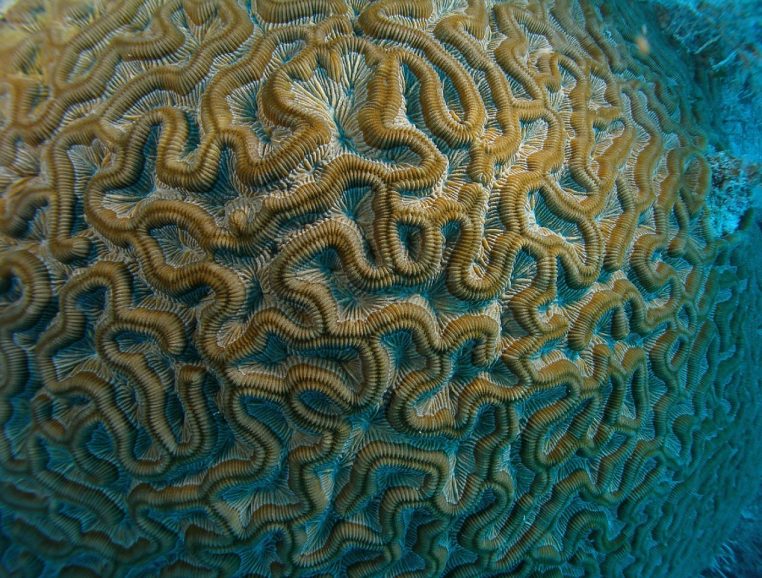
Everybody’s business?
New tools are needed to better protect areas and species and to limit anthropic pressures. Effective reef protection cannot be achieved through a unilateral approach and should involve as many stakeholders and sectors as possible in protection and governance choices. What perceptions do local communities have of the services provided by coral reefs? The place they occupy in their daily lives? On this basis, how can they be mobilized and involved more widely in decision-making? What financial tools should be developed to guarantee the viability and sustainability of conservation and protection policies?
Organising the fight
The pressures and threats to coral reefs are such that their continued existence on the planet is at stake. Nevertheless, there is still time to act. Scientific advances have revealed hitherto unknown adaptation mechanisms in certain coral strains, and various stakeholders are seizing on these results and mobilizing to ensure the sustainability of reefs.
